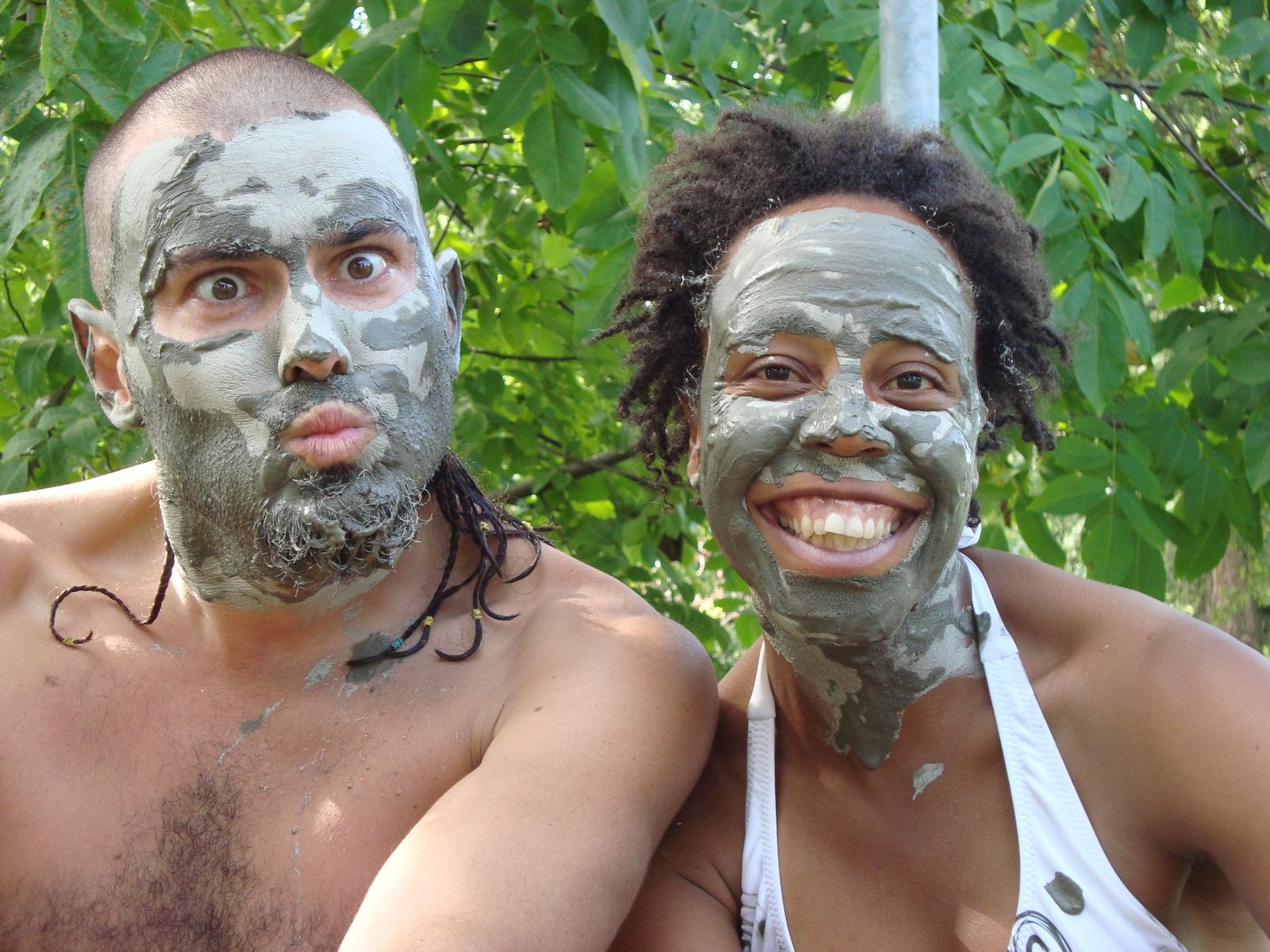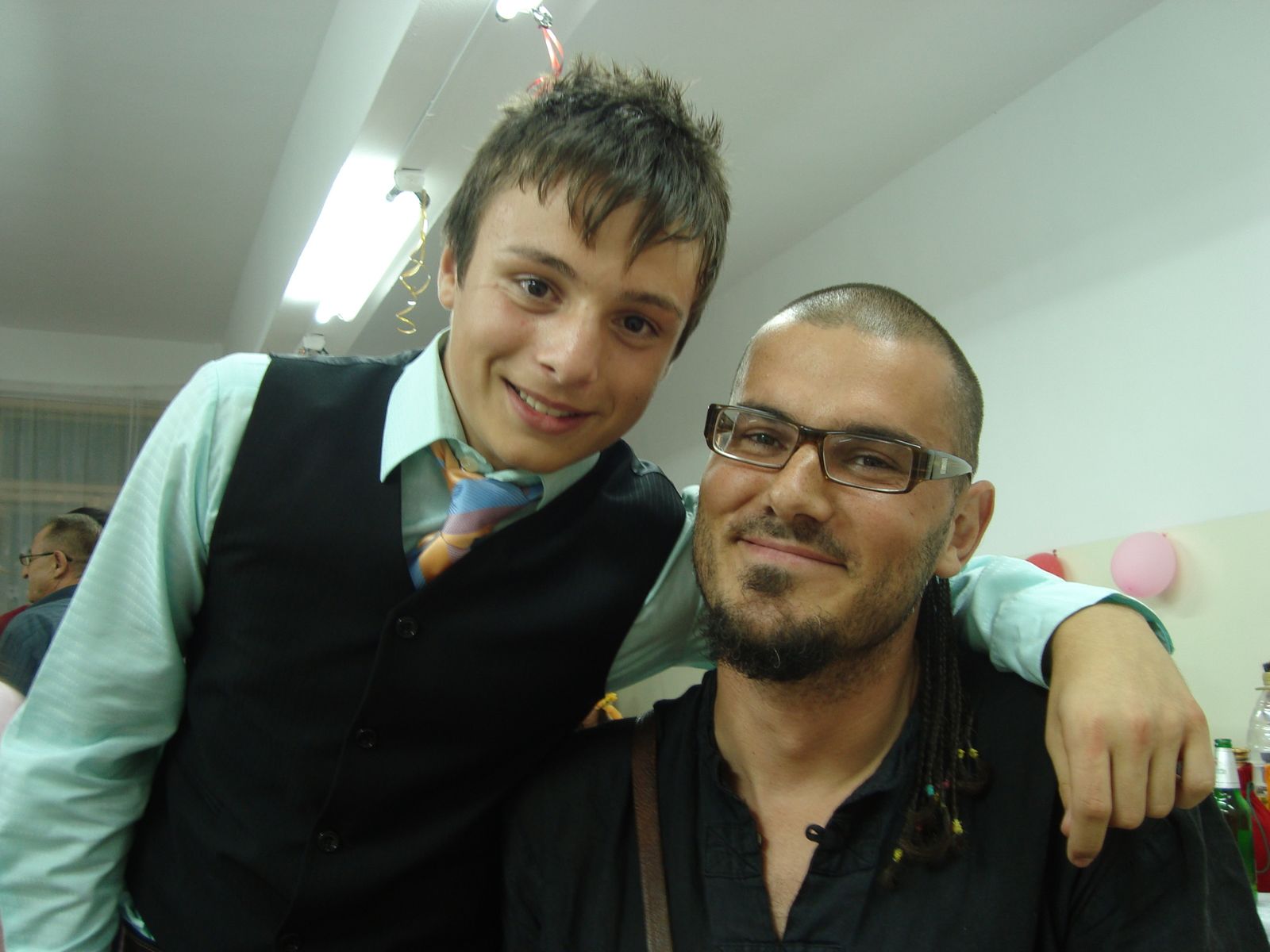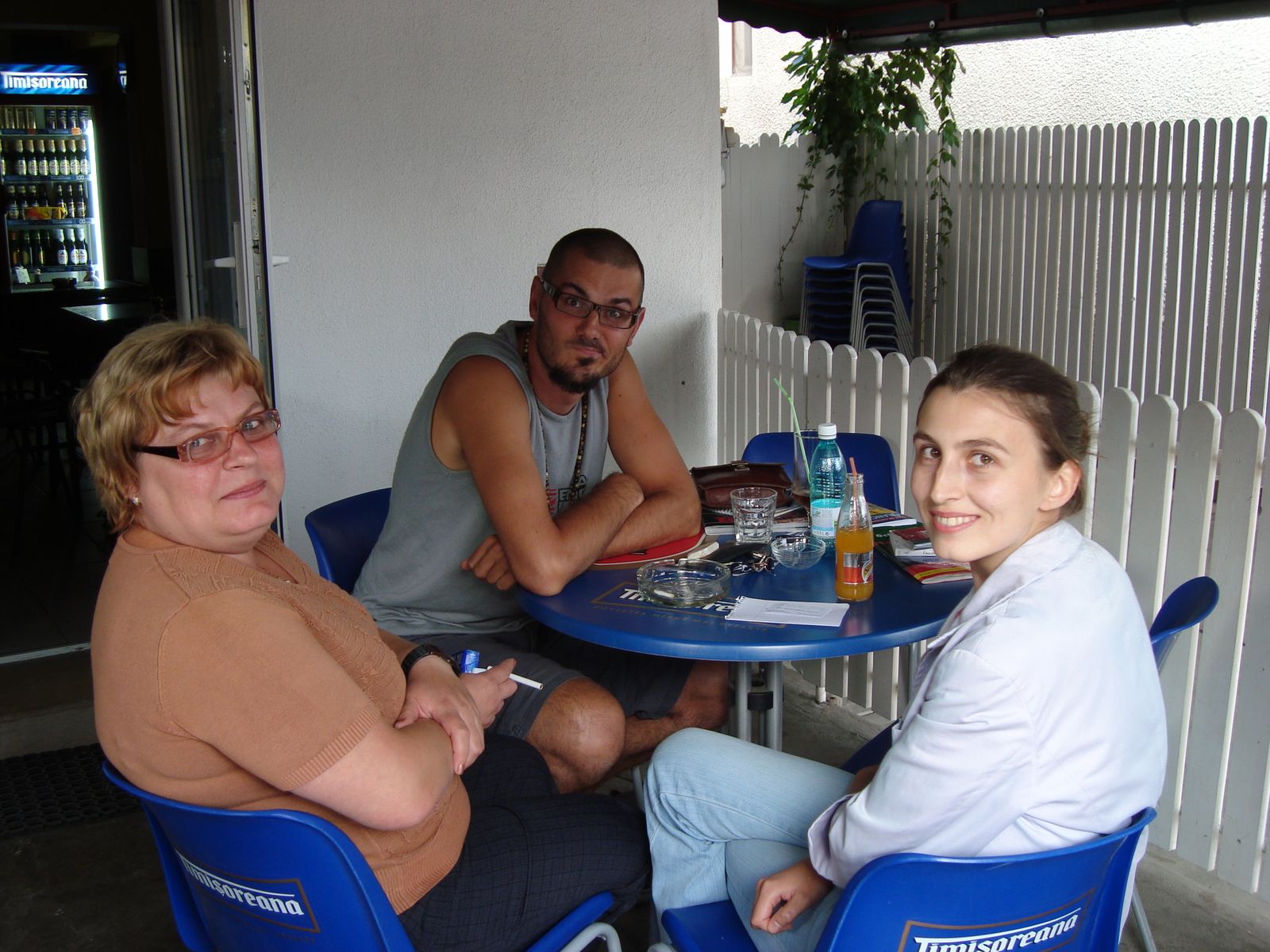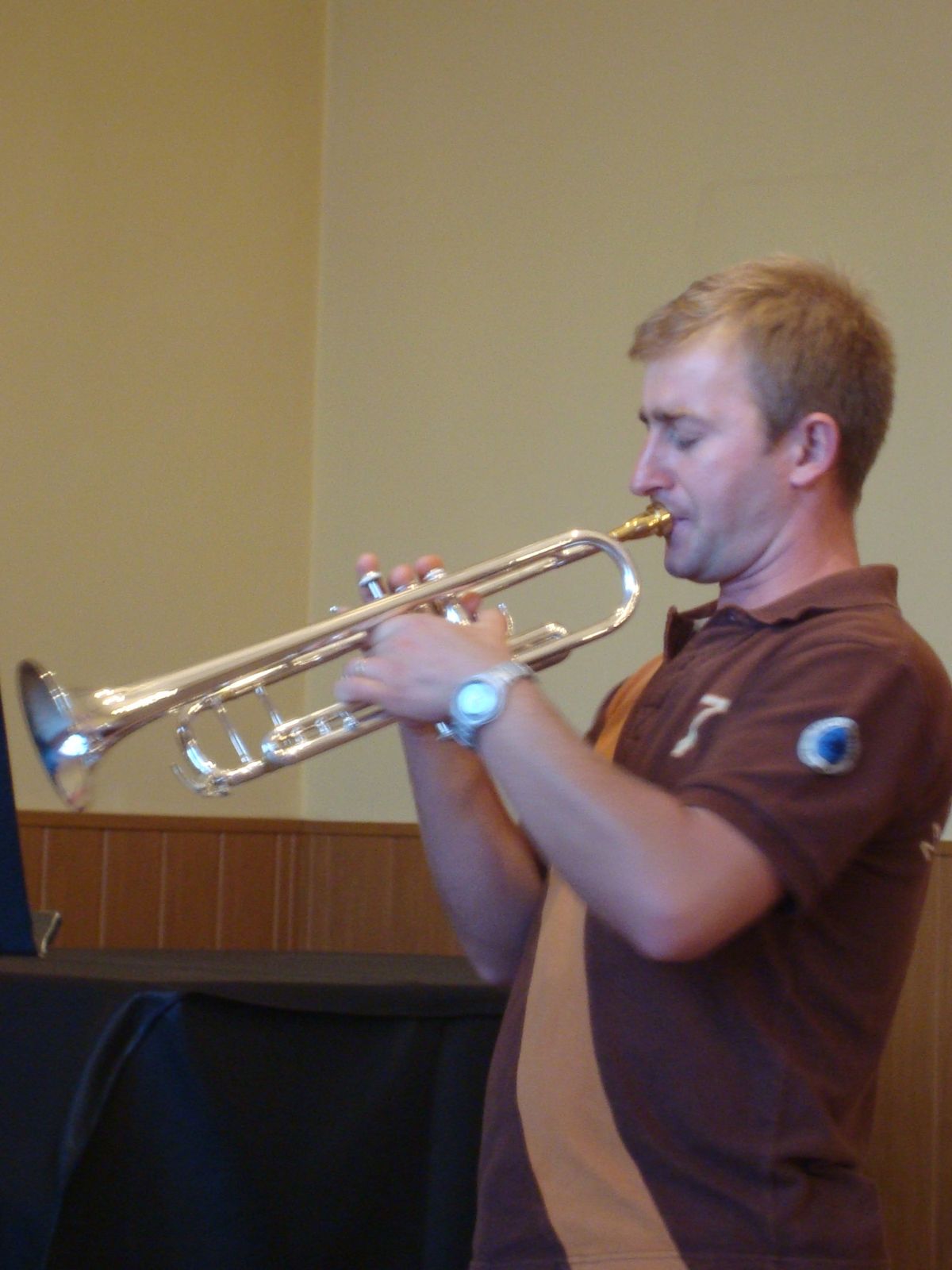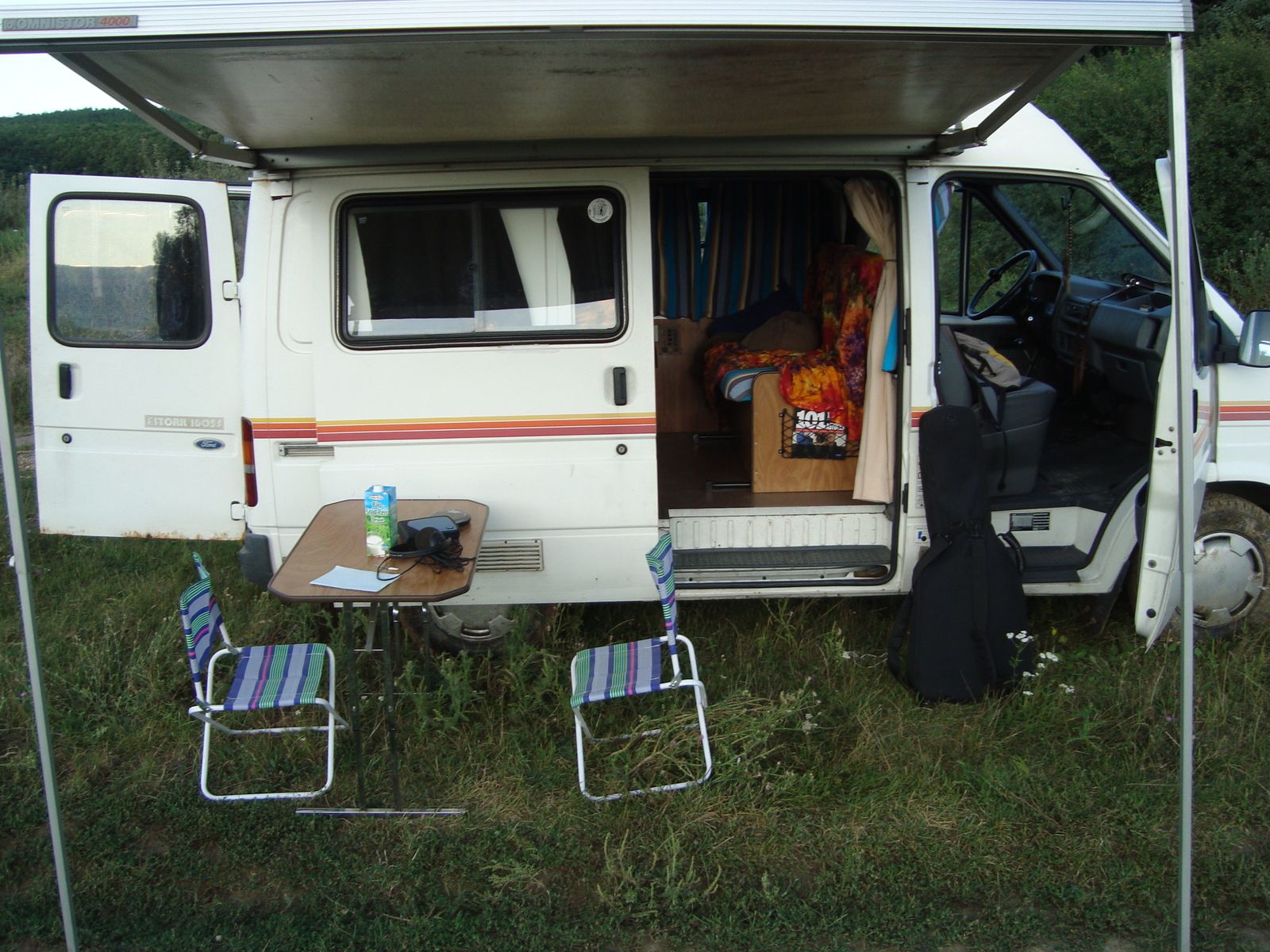Before arriving in Turkey we decided that we will have our van painted and undergo an anti-rust treatment ın Turkey. We had an estimate from a mechanic in Paris that it would costs us around 1.000 euros. This mechanic was willing to do it undeclared so the price was lower then what it should be officially. Officially the price was around 2.000 euros in France.
We asked our Turkish friend Metin living in Paris if he could facilitate a contact with a car mechanic in Istanbul for us. So Metin would do this through his brother living in İstanbul.
Ones in Istanbul our first mission was to go and find the Tuna Oto, Metin told us about in a suburb of Istanbul called Bahçelievler. We drove to the ındustrial site where we saw hunderds of car mechanics. Bahçelievler was apparantly the place to be to get your car fıxed. With our little knowledge of Turkish we asked at least fıve to six times for the indication where this Tuna Oto could be. One thing is to ask, the other thing is to understand the answer.
Finally we entered another office (Yurek Otomotiv) with the Ford logo in front to ask for the Tuna Oto. Before you knew it four people were trying to find the person we were looking for. They called the number we had and told us that the mechanic of Tuna Oto was not in, only the assistant. Of course they were curious why we were looking for Tuna Oto. The son of the owner named Fukan came with his laptop and started a conversation with Olivier through a translation system on the İnternet.
We wanted two things:
1. the anti-rust treatment
2. the van paınted ın a new colour
As they also had Ford spare parts we also asked for the two rear lights and 1 front light to be changed.
The conversation started around 2 o'clock in the afternoon and continued for hours. They brought tea, the mechanics came to look at our car. We saw the colours catalog. They brought us to theır garage to show us around. After the different talking, it came down to asking for the price. The first price they announced was 1.700 euros for an inside and outside paintjob or 1.200 euros only outside paint. Our mouths were wide open, impossible impossible. Olivier put all his flare into work to lower the price. Something like 17:00 or 18:00 hours we succeeded in bringing down the price. We agreed on the final price of 700 euros for the following things:
We had to come back the following Monday (12th of October) to leave our car and have it ready 6 days afterwards.
When we arrived the following Monday other talking was necessary. The unlce of Fukan was handling the paperwork and everything needed to be put on paper. İt took us again 1,5 hours to get everything settled, signed and to pay the downpayment.
The Saturday 19/10/09 we went to pick up our car. From far off we could already see it and……………….suprise surprise the colour seems darker then what we expected.
Ones arrived at the ofice we were warmly welcomed by the whole family. They even brought a cousin along that could speak english. We inspected the car carefully and then we told them that the colour was not really the blue we asked for. They looked surprise and went in search of the catalog to check.
Guess what. We were rıght!!!
Appologies all over the place. Apparantly they wrote the colour code on a piece of paper which had on the other side a colour. The mechanic didn’t understand if he had to respect the code or the colour he was looking at on the backside of the paper.
Their suggestion was inviting us for lunch to clear matters. But we wanted to leave as soon as possible and not spent hours again eating lunch. So we accepted their appologies and suggested a 50 euros refund. They were not so willing at a start, but after some talking they agreed.
So finally we have a new Bubule colored like gendarmerie (fcontsabulary ın France) for a total price of 650 euros. İn the meantie we got used to the colour and we are happy with our new Bubule.
Judge for yourself the result.
This is the van BEFORE:

This is the van AFTER:
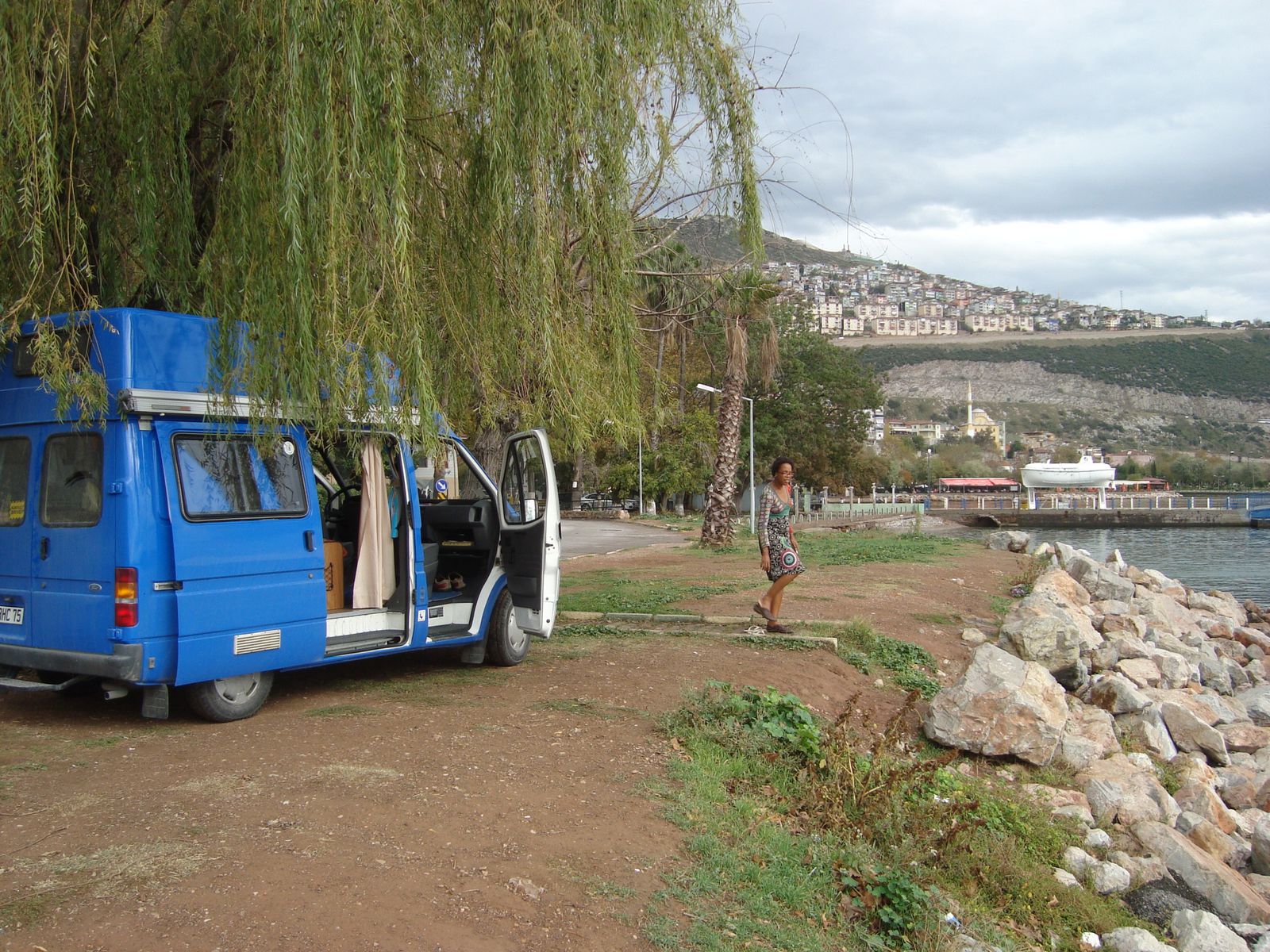
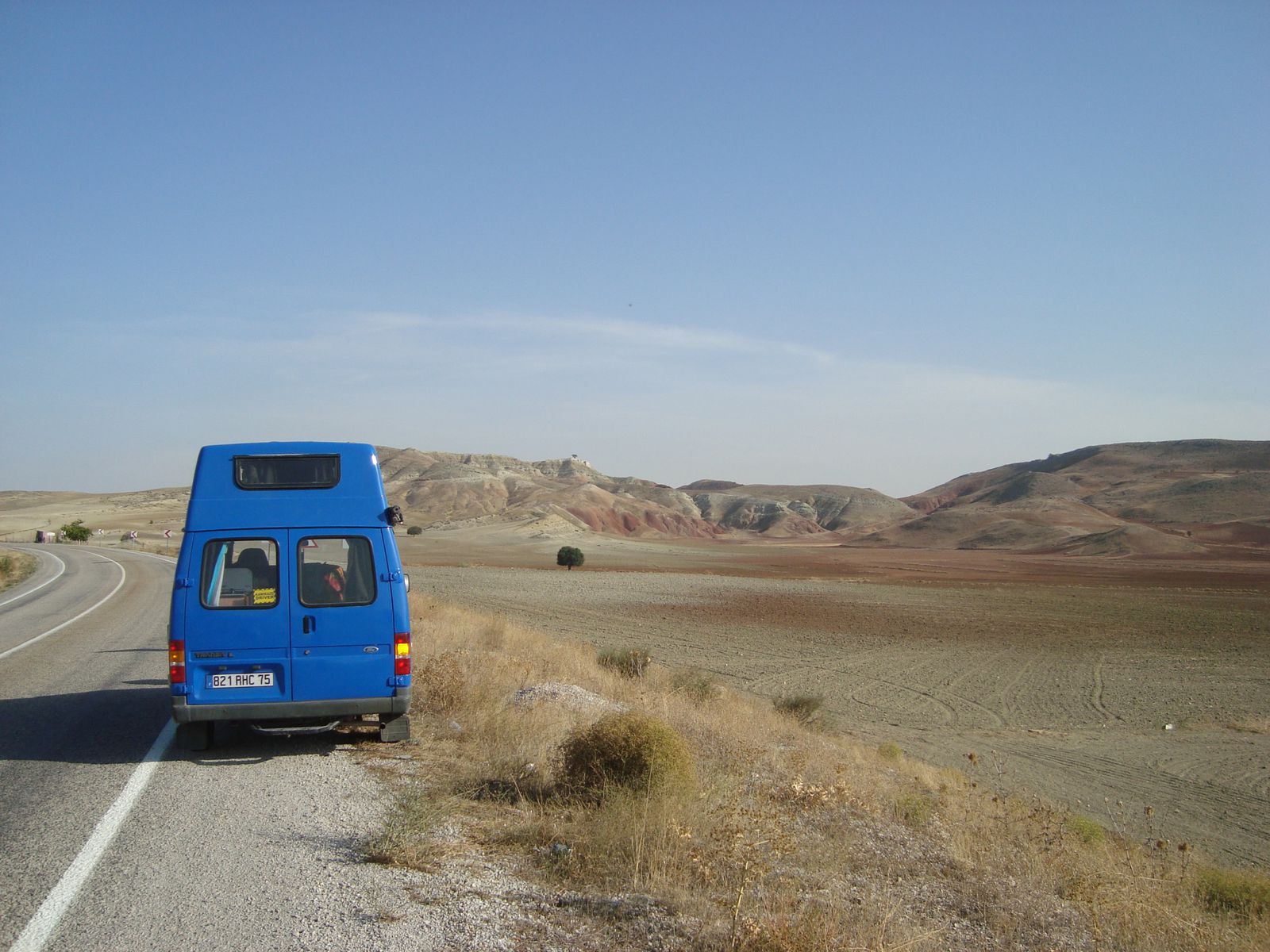
We arrived in Turkey on Monday the 5th of October. We are so not used to getting border control, therefore took us time to understand that we had to go through three different procedures at the custom before being able to enter the country. One of the procedures consisted of having your passport stamped. When they saw that I had the Dutch nationality they indicated that I had to pay for the tourist visa. Olivier with his french citizenship didn't have to pay anything, but I had to pay the sum of 15 euros.
But why ???
Well, I have my personal theory about it, offcourse it is not official. My theory is that the Turkısh government things (or knows) that hıs citizens are not always treated rightly in the Netherlands so they make Dutch pay when they want to visit Turkey. Seems to me as a fair treatment!!!
Ones in Turkey we found ourselves on a fabulous road to drive on. This was more then welcome after the bumpy Bulgarian roads. The first city we found after the border was Kirklareli. A quiet big city where we decided to stop and have our basics with us, meaning local money and a dictionary.
Life is so curious sometimes. We chose the image of the Turkish musician Burhan Öçal for our project and our first entrance in this country is rightly in the city where this same artists is born, Kirklareli.
The scene on the street was allready very different with a lot of people and activity on the street. The presence of Mosques, so the muslim religion. The call of the Muezzin to announce the time of prayer (you can hear the sound of the Muezzin in a seperate article already posted on this blog). A lot of men on the streets. The tea houses filled with men. Big difference with the countries we have been to until now.
Olivier and I decided that we will just walk around to get to know the city and see what the future brings. Passing by a shop a lady sitting outside started talking to us in french. It appeared to be a Turkish lady who grew up in Charleroi, Belgium and could speak the french language. Of course she invited us for tea and during the conversation she understood one of the purposes of our trip. She proposed us to spend the evening together and record her Saaz teacher. So said so done.
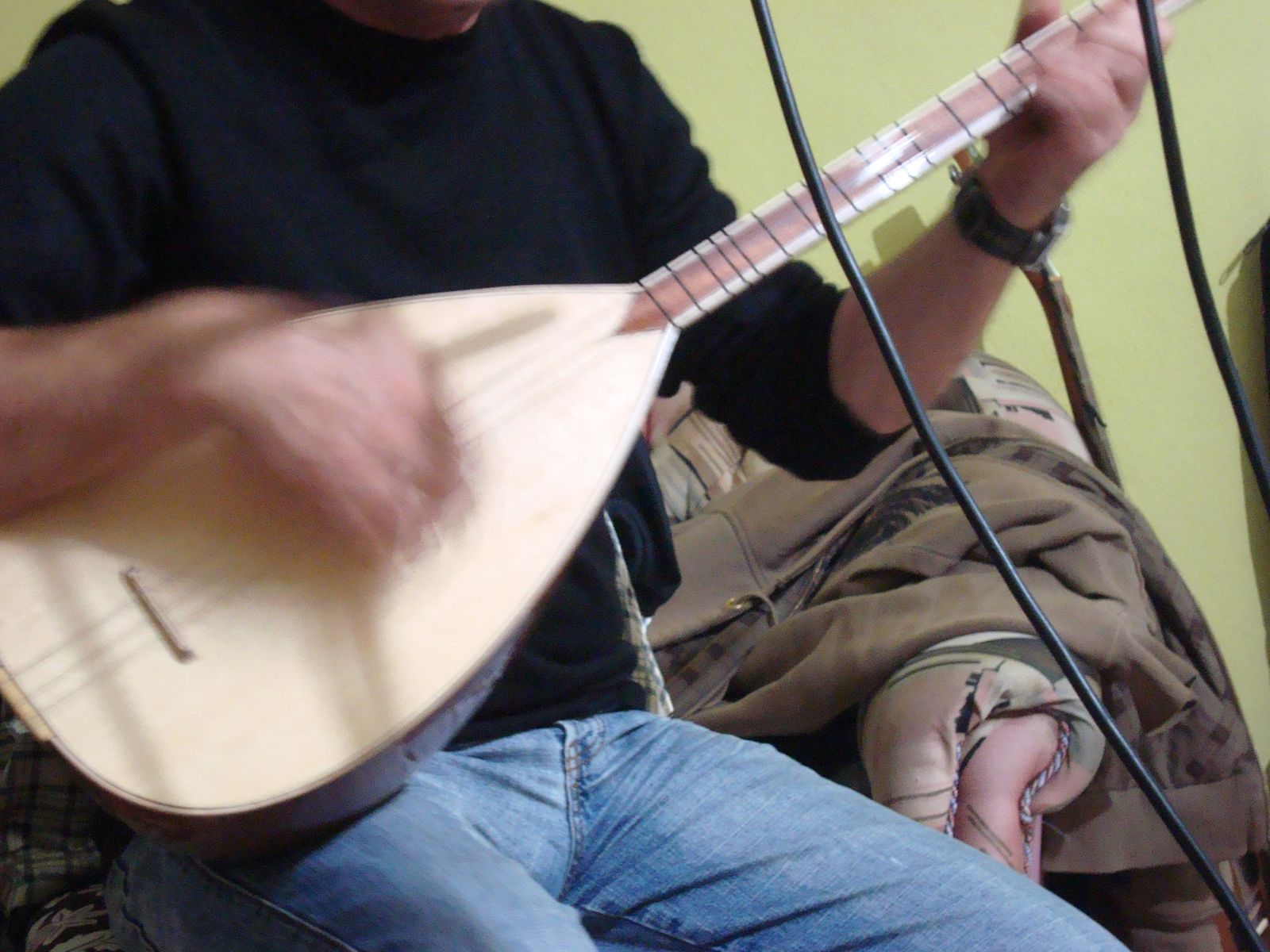 Saaz is a 7 cord instrument, typically Turkish. They play notes that are not known in western classical music, like the Re deux #. Seems that it is called ¼ tones, unknown in classical music.
Saaz is a 7 cord instrument, typically Turkish. They play notes that are not known in western classical music, like the Re deux #. Seems that it is called ¼ tones, unknown in classical music.
Later that night when Aliyé closed down her shop we picked up Ali Balli (her teacher) and went to her house where we met with Tülay. First we had this wonderfull meal: freshly fried fish, home made salad and bread. We talked about our trip and Alıyé provided all the translation.
After the meal Ali played several traditional songs and accompanied his saaz by his voice. He played hıs saaz acoustic. It was very beautifull. Aliyé provided us the explanations what Ali was singing about. They were mostly songs about peasants life, people that work the land. Most of the songs were somewhat melancholic. Aliyé has been learning herself the instruments for about 10 months.
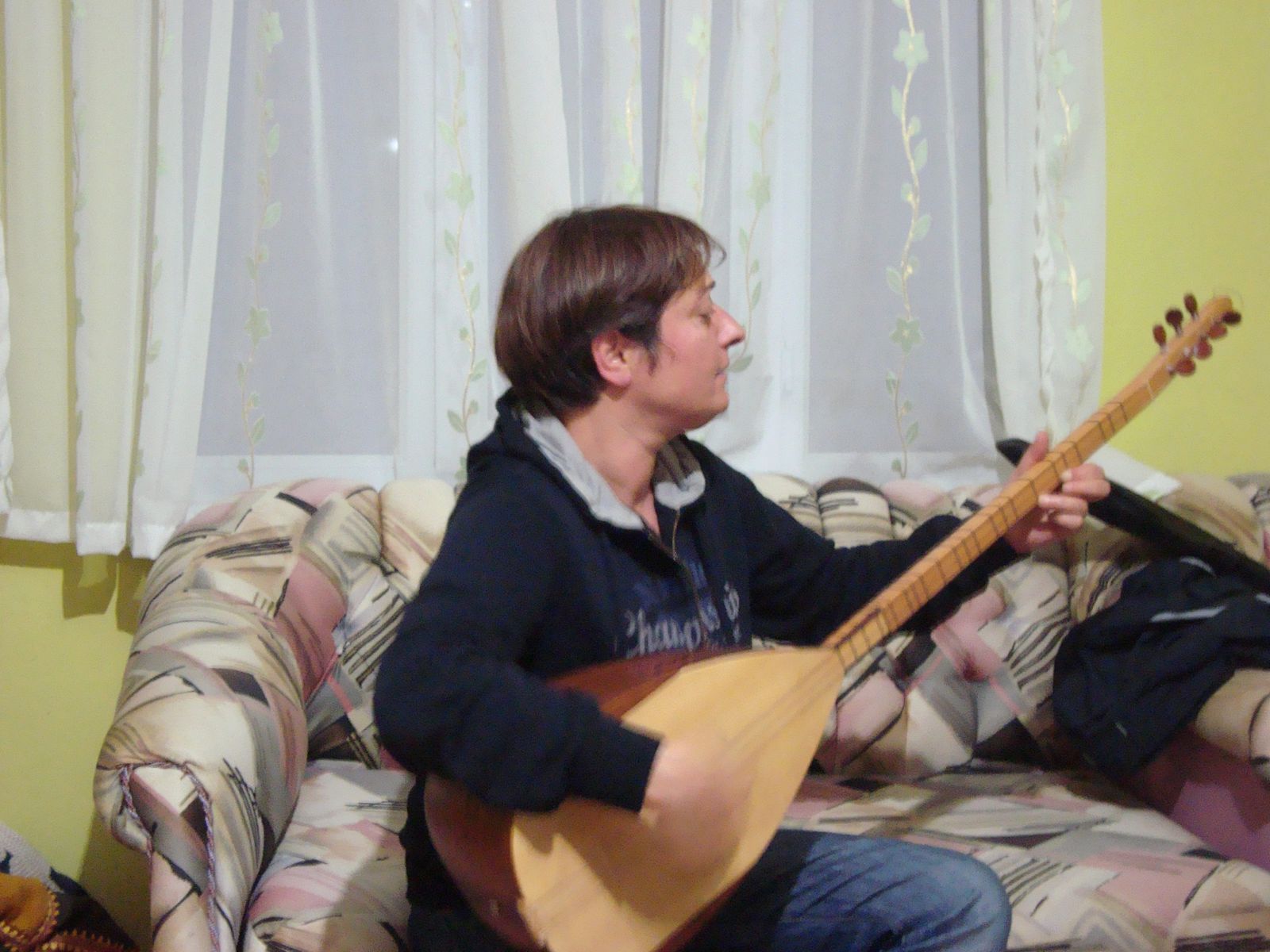
We had a wonderfull evening and are very gratefull to our Turkish friends for this first warm introduction to the Turkish culture. From this first night we knew that this country will be very interesting!!!!
Before leaving in direction of the Black Sea we passed by the shop to say good-bye to our new friends and headed in direction of a small village called Kiyiköy.
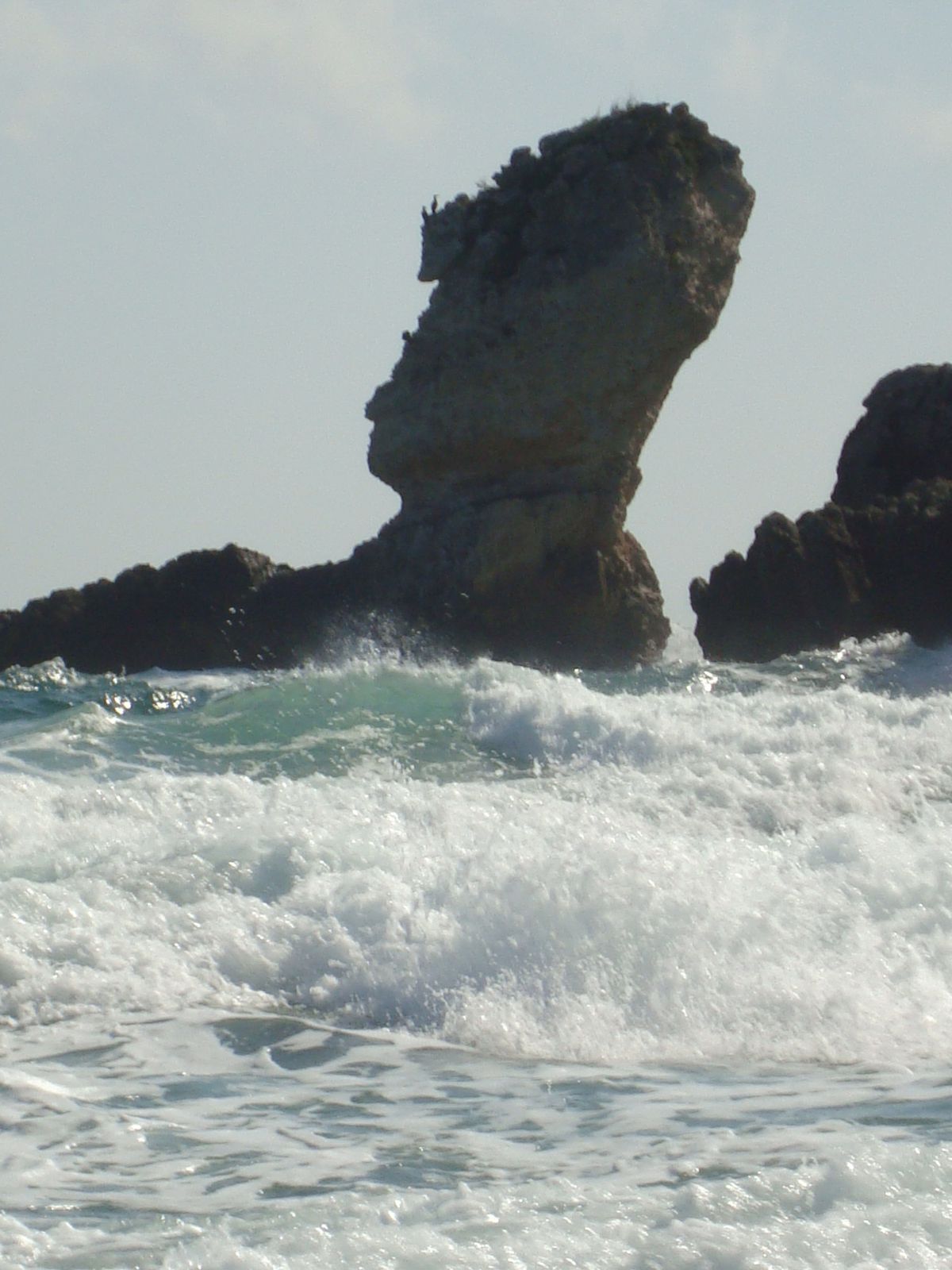
This village is a small fishermen village along the coast of the Black Sea. We decided to stay two nights her. We had a swim in the Black Sea as the wheather and the water temperature was very nice.

One of the evenings we had visitors at our van coming after the music they were hearing (Guitar and Saxophone). With our little knowledge of Turkish we still conversed a little with them and one genteleman (clarinet player) leardned me a string of notes.
In this little village it striked me that you don't see women in the streets.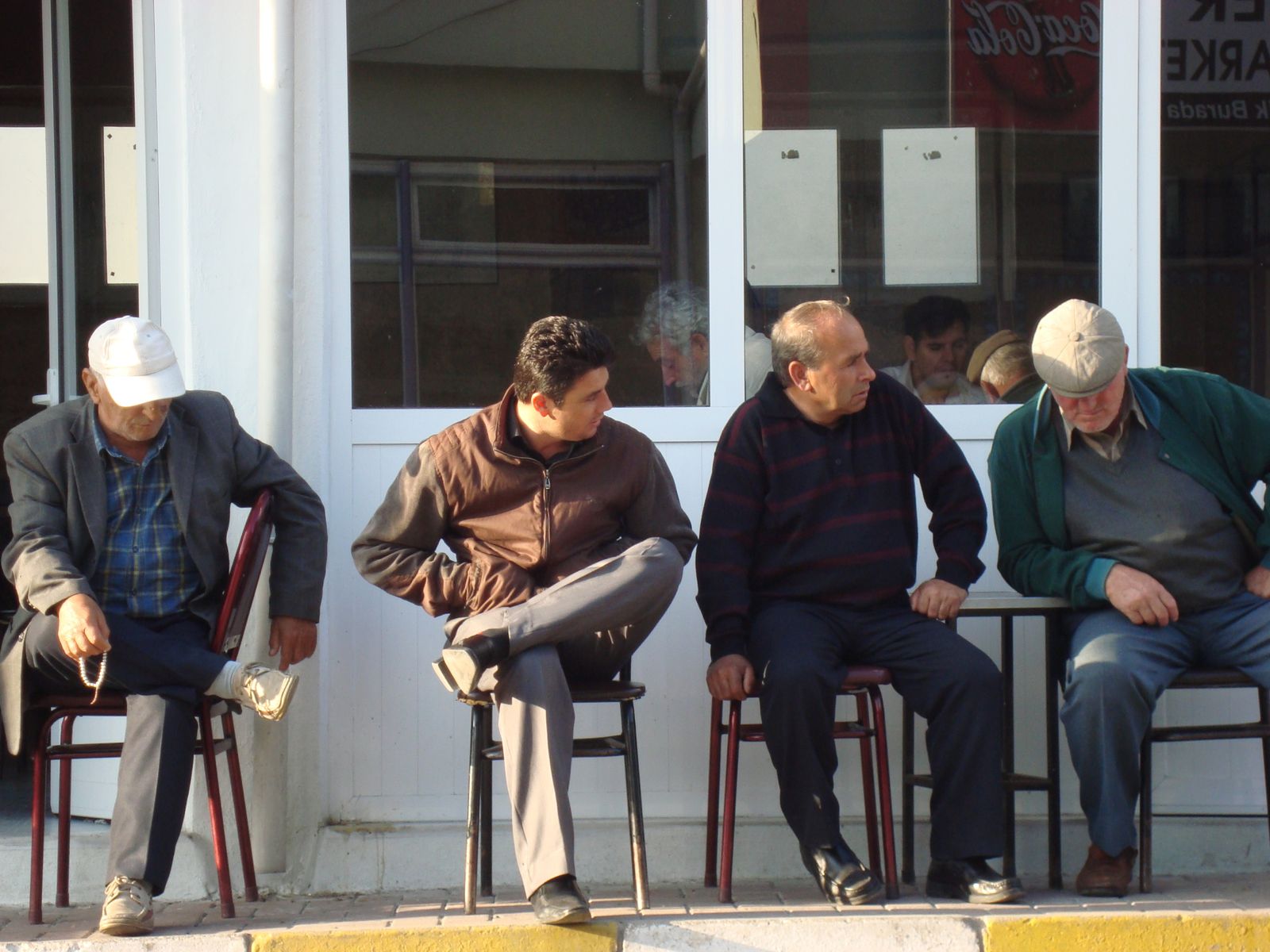 Besides girls probably coming or going to school, you only see men and boys. Where are the women ???
Besides girls probably coming or going to school, you only see men and boys. Where are the women ???
We visited a cave monastery that dated from the 6th century. It didn't so much brought into light, but still quiet good preserved giving the number of years.
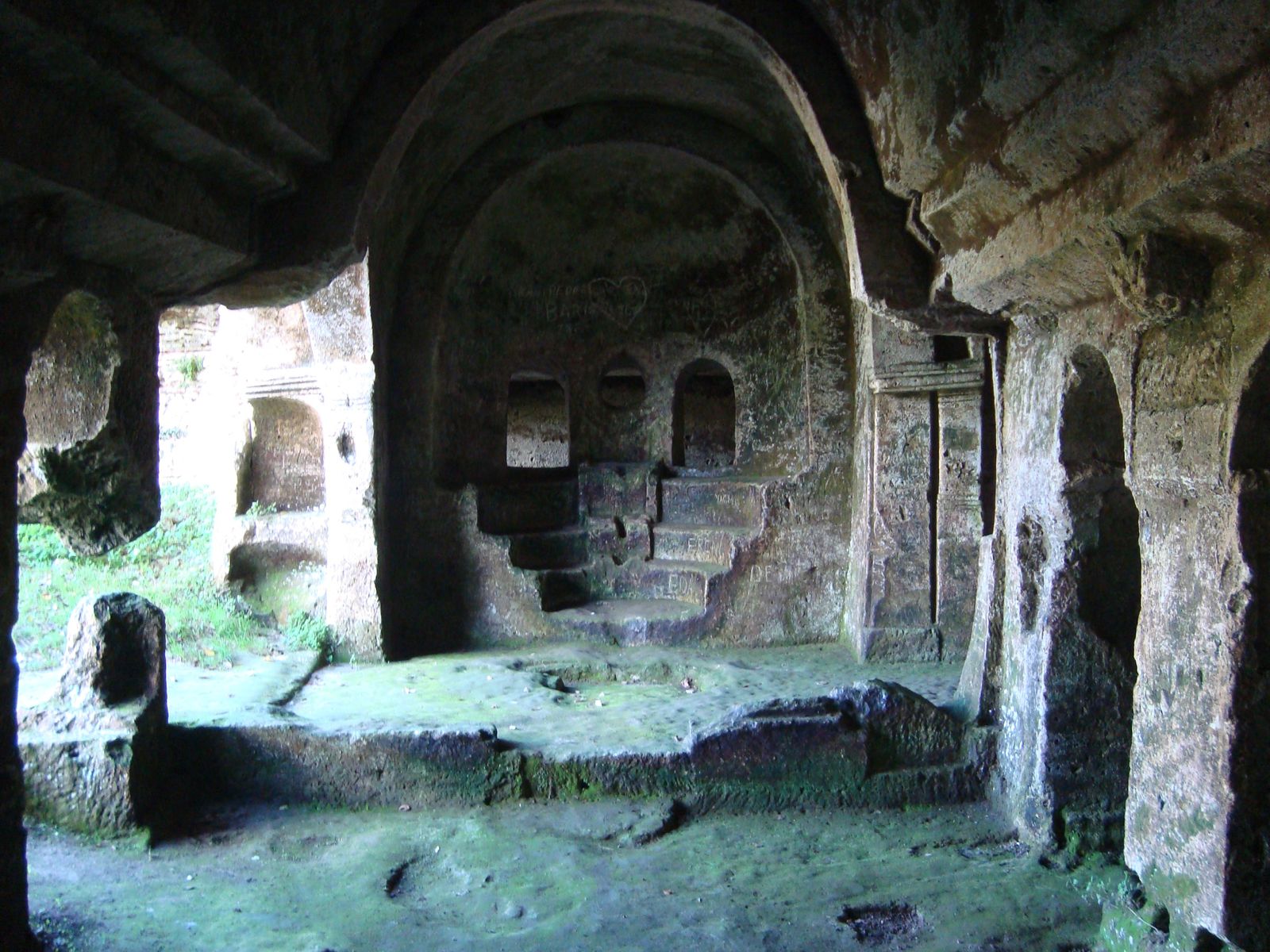
After our two days of sun and sea we headed in direction of Istanbul. We drove 130 km and stopped in a town called Güzelce. On the road to Güzelce we celebrated our 6.000 km milestone (128.446 km). This town is at the coast of the sea called Marmara. We had another swim there. After our swim we had the fortune to see further in the sea some dolphins pasing by, it was very nice. It appears that there are quiet some dolphins at this spot.
On Friday the 9th of October we woke un early in the morning to head for Istanbul. At Güzelce we were only 30 km away from the city. But as the city is enormous it took us something like two hours to drive there and find a place to park in a neigboorhoud of Istanbul.
For those of you who wonder: güzel means 'beautiful' in the Turkish language.
Because we liked this band , we wanted to gıve you some additional informations about them. This is their press bulletin (photos are missing).
The Alatav Group was founded about four years ago but the musical past of the members goes back 15 years with very contrasting origins. It’s a professional but independent group. Despite having begun their journey playing with different bands, the members over time developed a common outlook which led to the current Alatav shape. The biggest difference between them and other groups is that they are completely outside the chain that dictates the commercial music world. With this conscious approach they have refused all attempts to be integrated in the world of record companies and deliberately have chosen to play in the streets where the biggest audiences can be found. Instead of just being classic buskers, they use the streets to record, produce and market their music. Apart from this, they also use modern media to offer free downloads of their work over the internet. (www.myspace.com/alatav )
The Alatav group predominantly uses the santur, guitar. ney and percussion instruments but for some performances the group also incorporates the kemence ( Turkish fiddle ) and saz. The regular players are;
Ahmet “Hemo” Öztürk : santur, gitar, vocals
Mübin Dünen ………..: ney, vocals
Gencer Savaş…………: percussion
Hakan Gürbüz ………..: percussion, guitar, vocals
Ulaş Deli………………: guitar, vocal
Murat “Dede” Öztürk….: guitar, percussion, vocals
The CV’s of the band can be found in the attachment.
The History of Alatav:
Led by Ahmet “Hemo” Öztürk, the Alatav group got together to work upon developing new interpretations of Anatolian folk music, sayings and compositions using the santur. Over time, Mübin Dünen introduced the ney, Gencer Savaş percussion and Hakan Gürbüz the guitar and bass. Having started playing in the streets, the group began to receive invitations and played at live music venues and, starting with events arranged by universities, at various festivals. Last of all they were joined by Ulaş Deli playing the guitar and Murat “Dede” Öztürk, whenever he has time off from other projects, playing a number of instruments. Still giving street performances, Alatav have received various invitations to play both in Turkey and abroad but have yet to finalize a program.
ALATAV some street performances:
. http://www.facebook.com/video/video.php?v=1241560202312
. http://www.youtube.com/watch?v=q6o61IzR5lA
. http://www.youtube.com/watch?v=NKeLBrttBD4
Management and Communication:
Serkan Özkan ; sid_el_castro@hotmail.com.
Mobil: 0534 927 79 77
As you all can see I used a french word to name this article. A word everybody understands as it is a vital part of the French culture. After having lived ten years in France, I have to ackownledge that you get used to this art of cuisine and I grately appreciate it. The main question in this article is;
What have we been eating on this trip since we left France last August ?
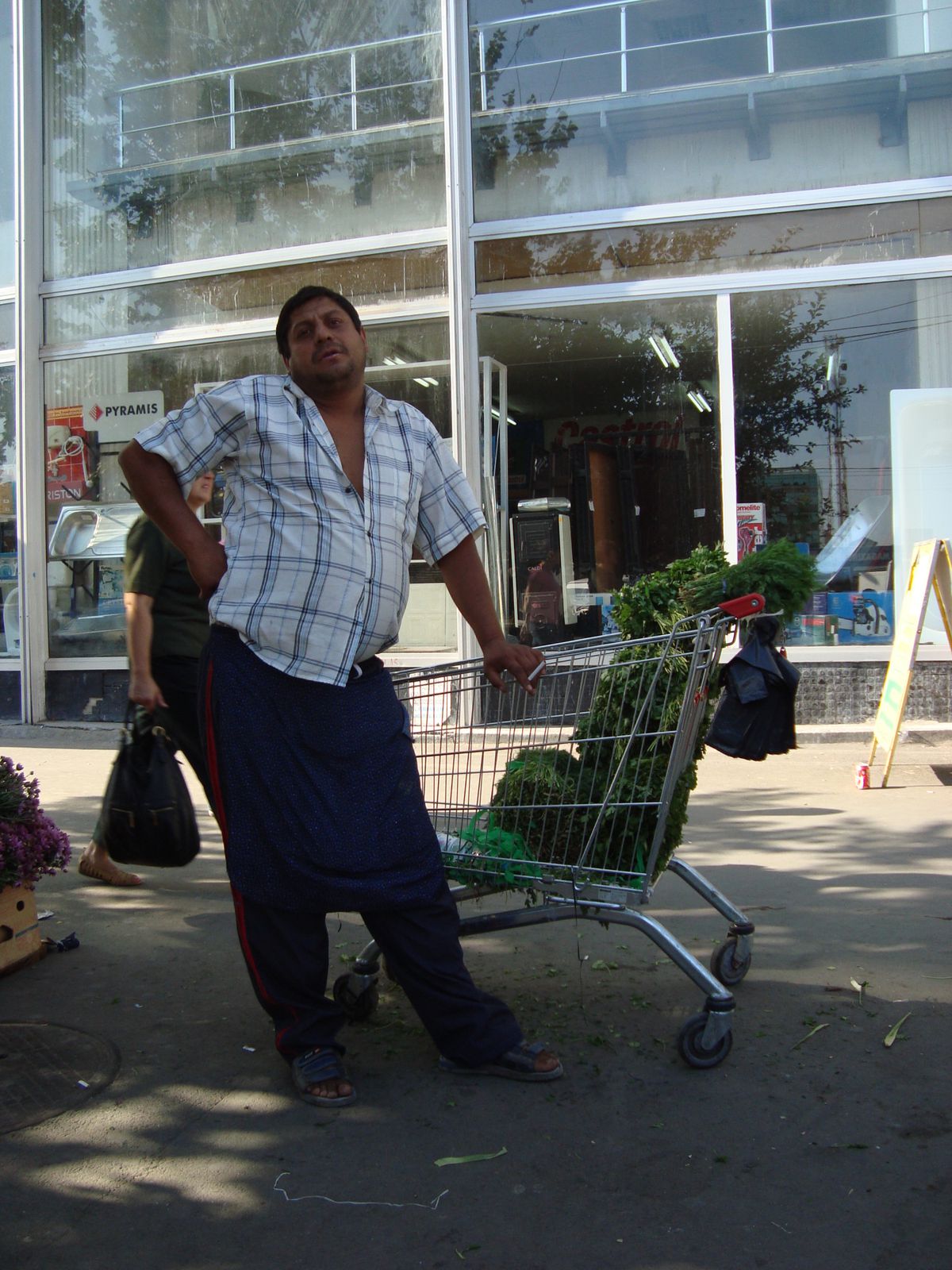
I decided to provide you a quick summary of the different dishes we tasted in the countries we have been going through until now.
You have to know that most of the time we prepare our own food in the van, but sometime we eat out in order to discover the cuisine of the visiting countries. I will be pinpointing the highlights for you.
Frankfurt:
Bratwurst (sausages) of all kinds, potatoes and a green sauce made of herbs to be eaten with potatoes (kartoffel) especially. To accompany these wonderfull dishes the german propose beer, beer and beer to men and women. We also drank Apfel Wine, a slightly sparkling wine made of apple.
Czech Republic:
They take some kind of white cheese and put bread-crumbs around it and fry it. It becomes a steak made of cheese. They accompany this steak with something called domplings. To form these domplings it seems that they pressed white bread together in order to form a circle. 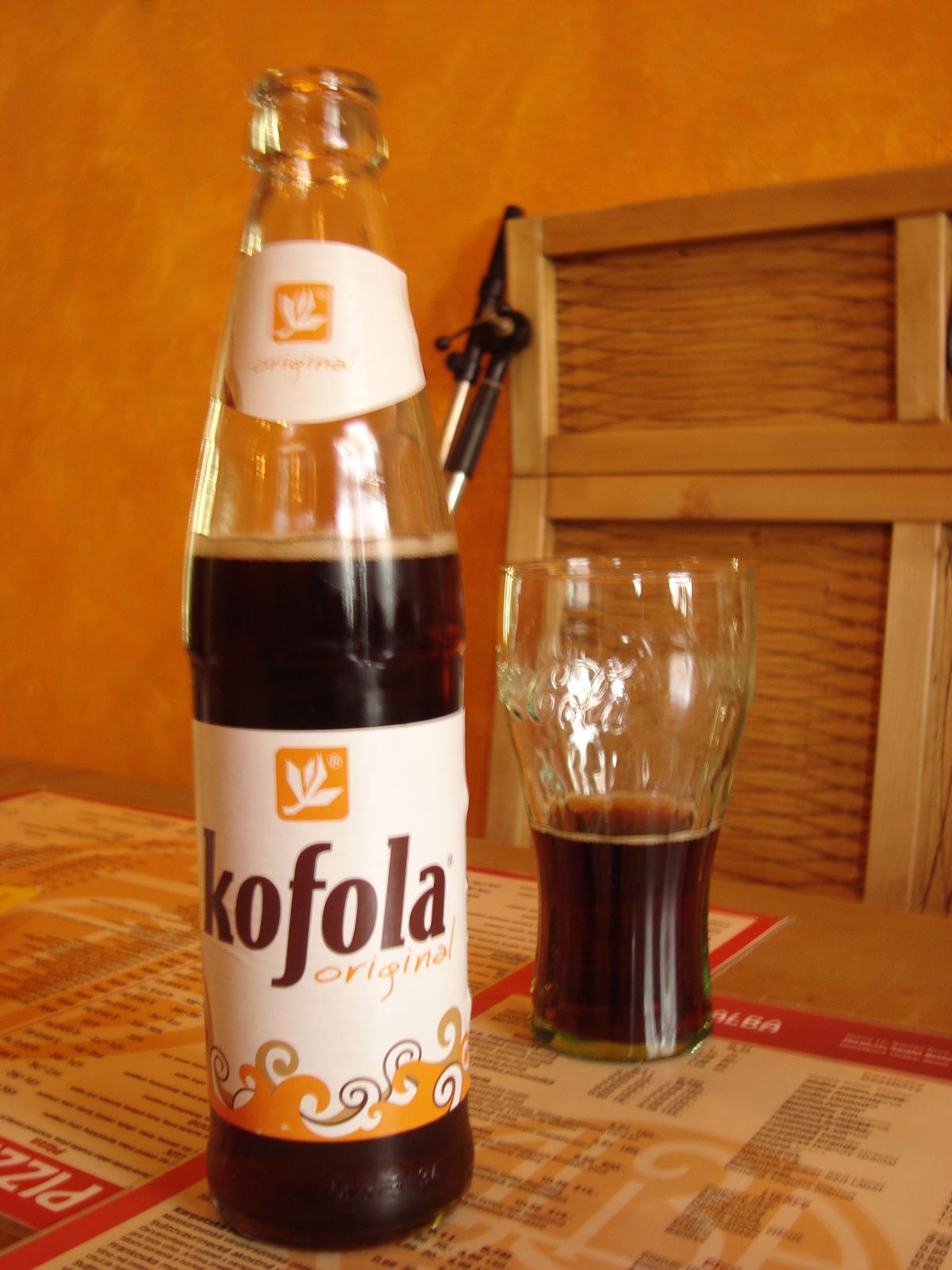
You shouldn't have been eating anything for about two days, if you don't want to get a stuffy fealing after eating this dish of white cheese and domplings. I called these domplings a spunch for beer.
They also make croquettes of potatoes. They take mashed potatoes form it in a little tube, put bread-crumbs on it and fry it. Sometimes they are home made and can be tastefull, but some restaurants serve you an industrial made croquette, so nothing particular abour it. In Czech Republic they have there own local Coca Cola which is called Kofola and is tasteful with much less sugar and carbonated then the american brand.
Vienna, Austria:
We stayed only 1 night and decided to have dinner in a Turkish restaurant. The following day we did go to the municipal swimmingpool and we were astonished in seeing so much obese and I mean not just fat. Men and women, young and old they were all very big and over-weighted. The snackbar at the swimmingpool was only selling fried stuff and sausages. So we thought if the Austrian eat mostly sausages, fried dishes and drink beer, no wonder they are so big.
Slovakia:
The few times we went to the restaurant in Bratislava we have eaten Italian food; pasta and pizza. So we didn't get the opportunity to really taste their typical dishes.
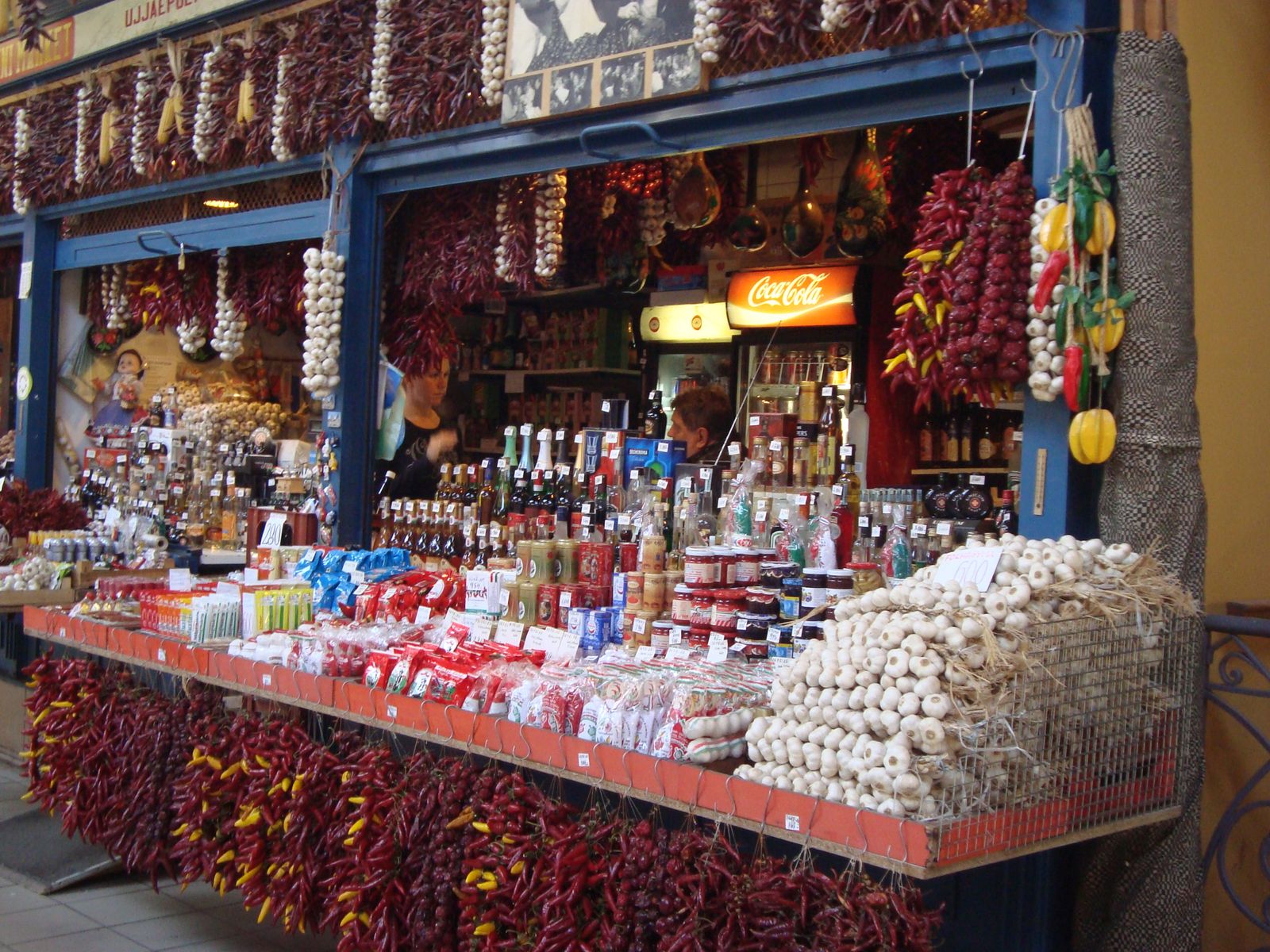 Hungary:
Hungary:
We liked very much this cold plum soup they make. We tried noodles made of potatoes with cream sauce made of sheep cheese. The white hungarian wine named Tokaj accompanied well the dish. We had a pancake/wafle with fruits and ice cream (typical dessert in Hungary). The struddle was also tastefull. It is like a thin pancake with different stuffing and rolled up. We tasted two that had a sweet ad sour taste; pumpkin & berries and cheese & fruits.
Rumania:
The best food we had until now in this trip was prepared by Maria Pantiru in Zece Prajini. She made us a ciorba (soup) of beans. The next day we also had a polenta accompanied with fresh white cheese of cow and a sausage. Just before leaving she made fritters filled with cheese with a vanilla sugar powdered on top. All her dishes were homemade and very tastefull.
She prepared in a simple pan, a very good Turkish cafe for us. 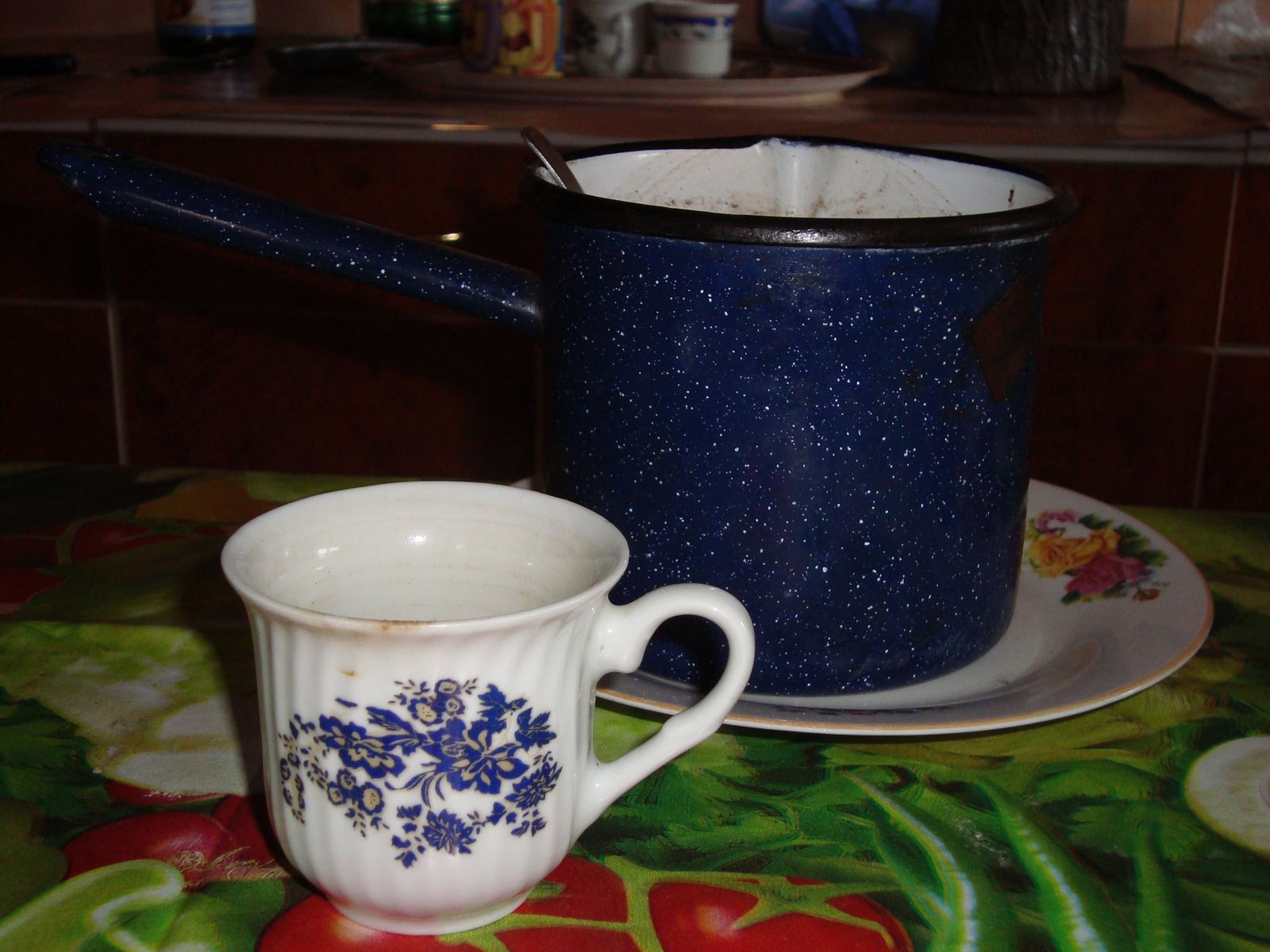
In Oradea I asked the waiter to explain me a dish. She told me that it is veal, so decided to take it. Ones the meal was served I realised that it was tripe. It was ok to eat, but if you imagine veal and they serve you tripe, then you are somewhat dissapointed.
We had often ciobra in Rumania and it was very good. Sometimes it was accompanied with sour cream that made it even more tastefull. As a dessert, Olivier took a donut filled with ice cream, which was quiet heave as a dessert.
Bulgary:
As we were along the coast we had quiet a lot of fish. Everytime we ate somewhere, I took fish soup. The first place we have eaten, we took the only fish they had on the menu. It was a plate filled with small sized fishes, even smaller then sardines. The fishes were complete with head & tail and fried. Olivier and I took time taking off the head and cleaning the little fish (as it was not cleaned), but others in the restaurant finished before us as they were eating the whole thing in one bite. We had several times salad that was most of the time prepared with the same ingredients: tomatoe, lettuce, cucumber and red onion. Sometimes it had white cheese and black olives as a variety.
Turkey:
They also serve ciorba (soup). We had white bean soup and lentil soup, both of them very tastefull. The white bean soup is accompanied by rice as a side dish. With our friends at Kirkalerie we had fried fish, fresh catch of the day fried especially for us. Tülay made a salad (tomatoe, lettuce, olives, onion and parsley) accompanied with a simple and very tastefull salad dressing made of oil and lemon. As dessert we had a very sweet melon and wallnuts with their homemade honey.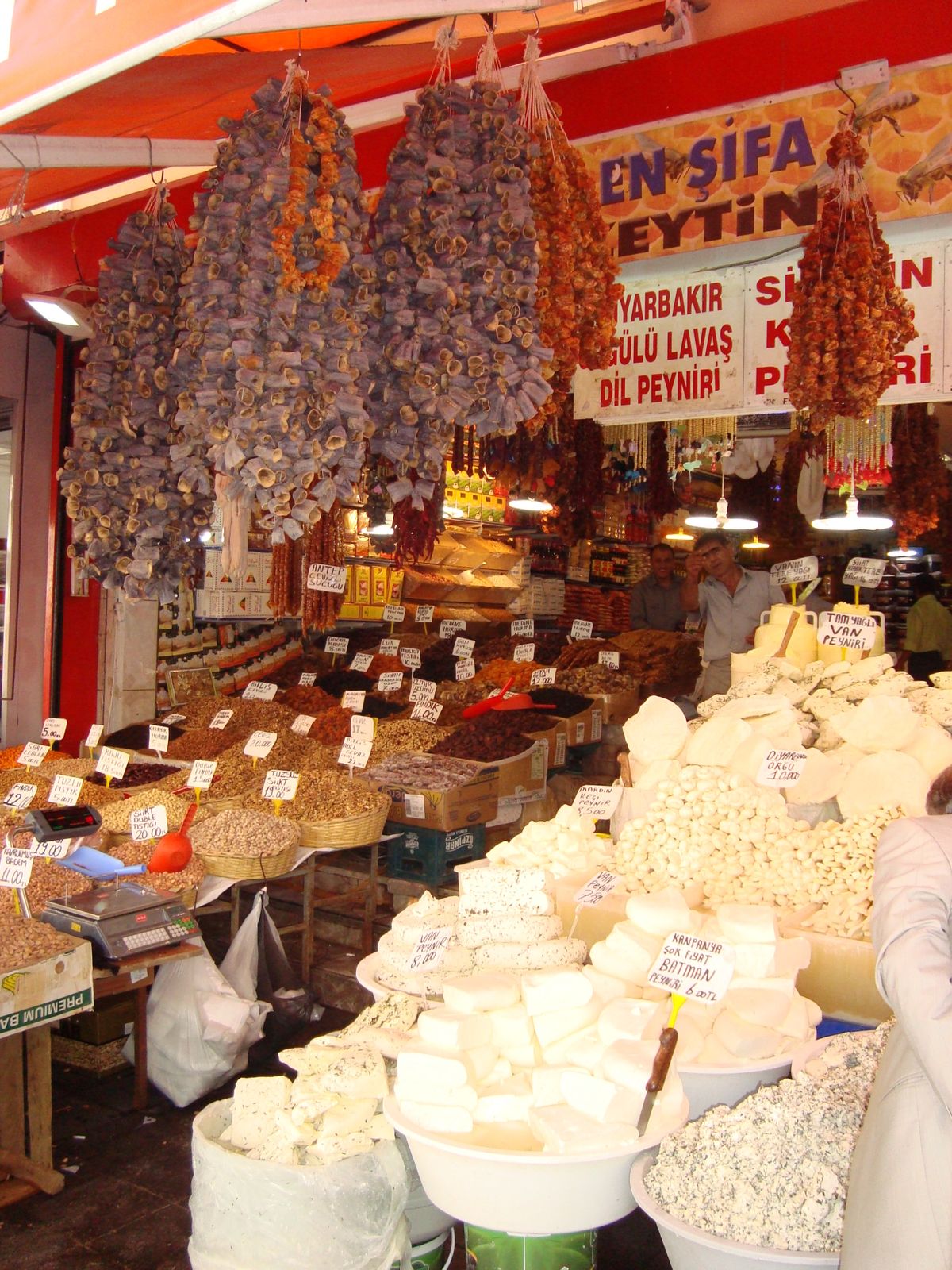
I ate kofte, which is a meatball with tomatoe sauce. After every meal, actually the whole day you can drink çay (red tea) in Turkey. We had eggplant salad, green olives mixed with nuts and grenadines (very original). Turkish people like to eat spicy food, they can put pepper even in a salad, so watch out!! With some dishes they take Aryan, which is a yogurt drink slightly salted, which is not bad.
Offcourse we had the Turkish delight, the pastries made of fruit and covered with glacy sugar.
Until now the cuisine in Turkey seems to have bigger variety, even if you see the same dishes in all the restaurants.
In other words we are OK, but......................Damn, we miss the french cuisine!!!
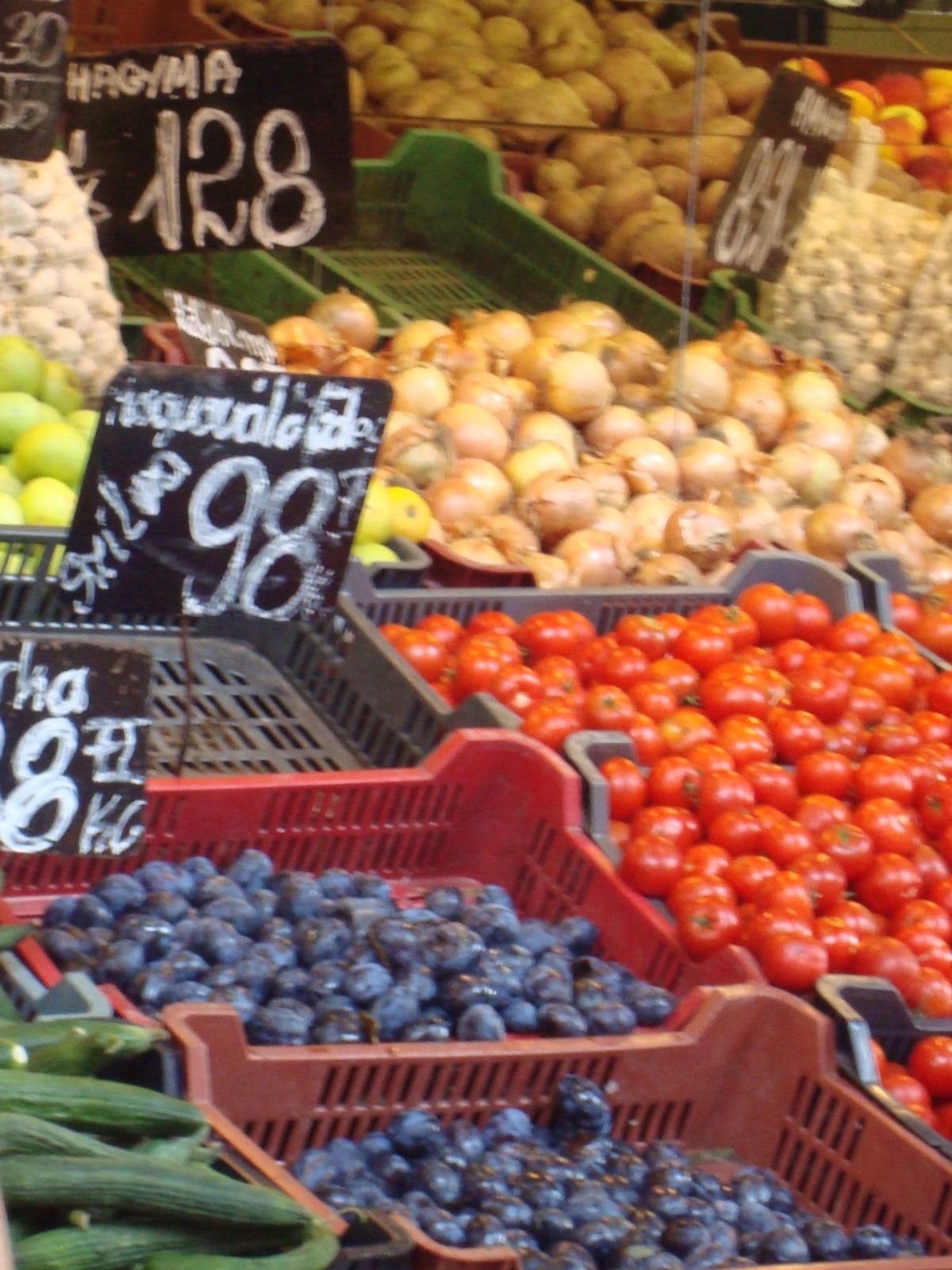
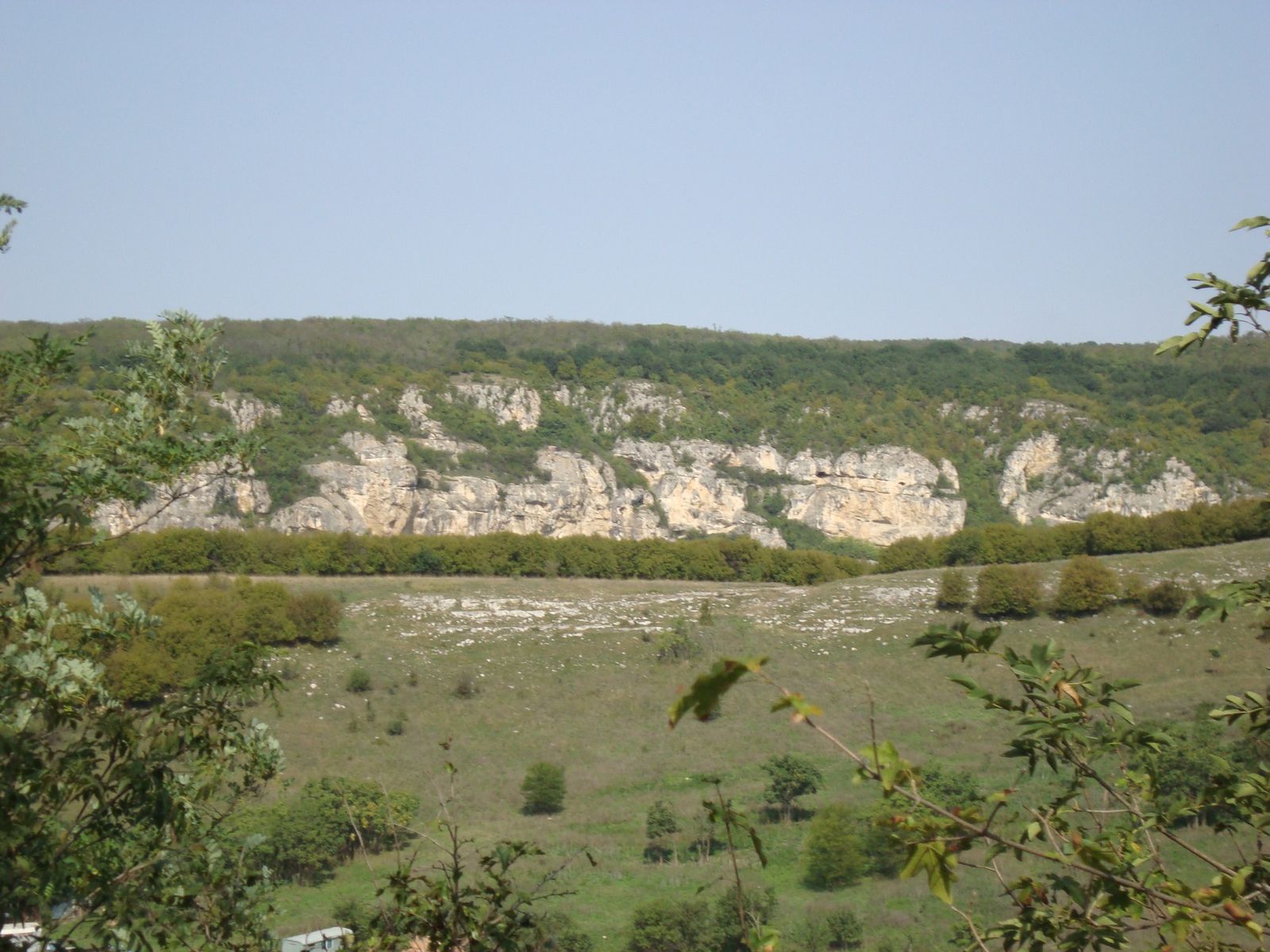
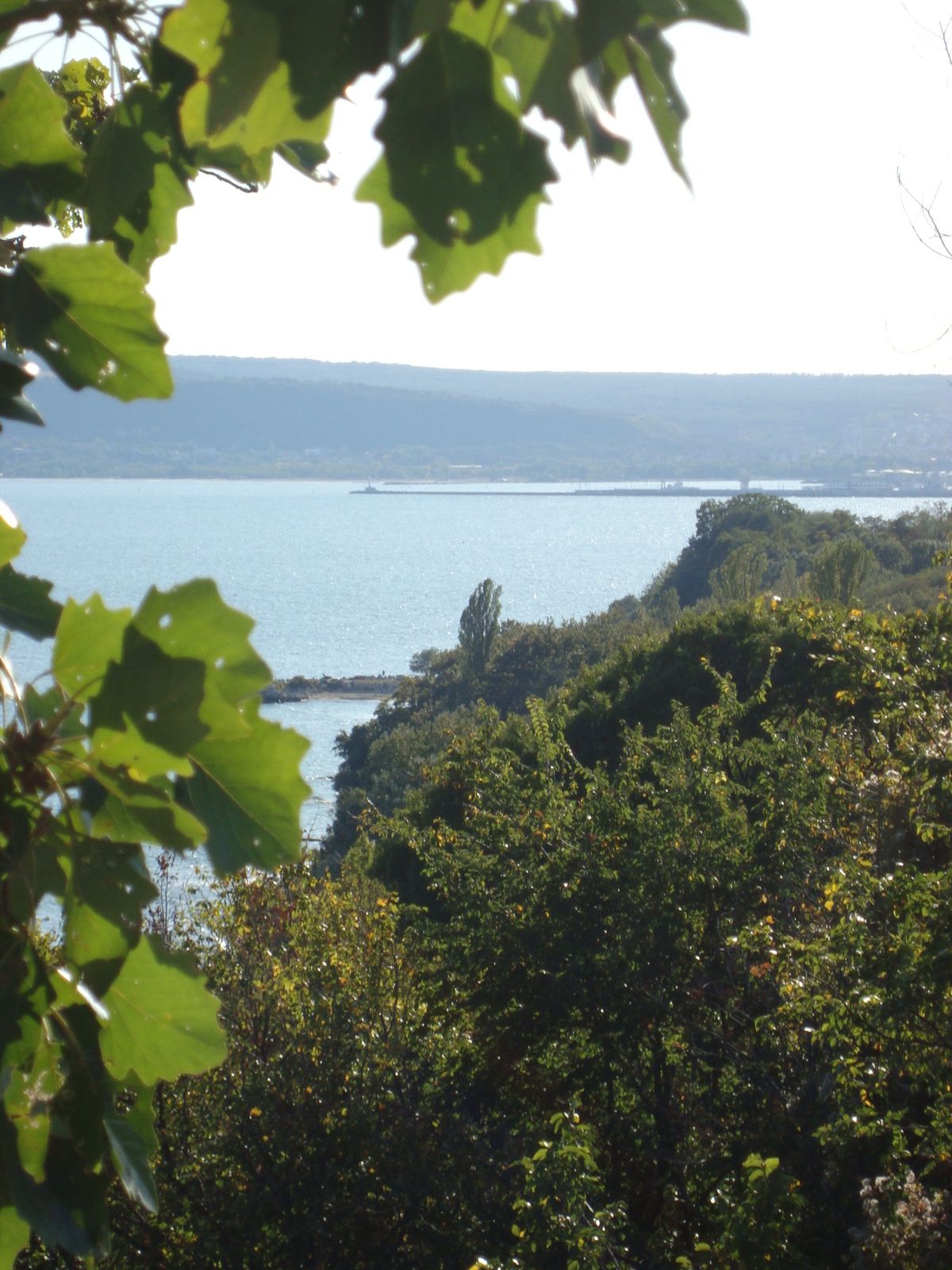
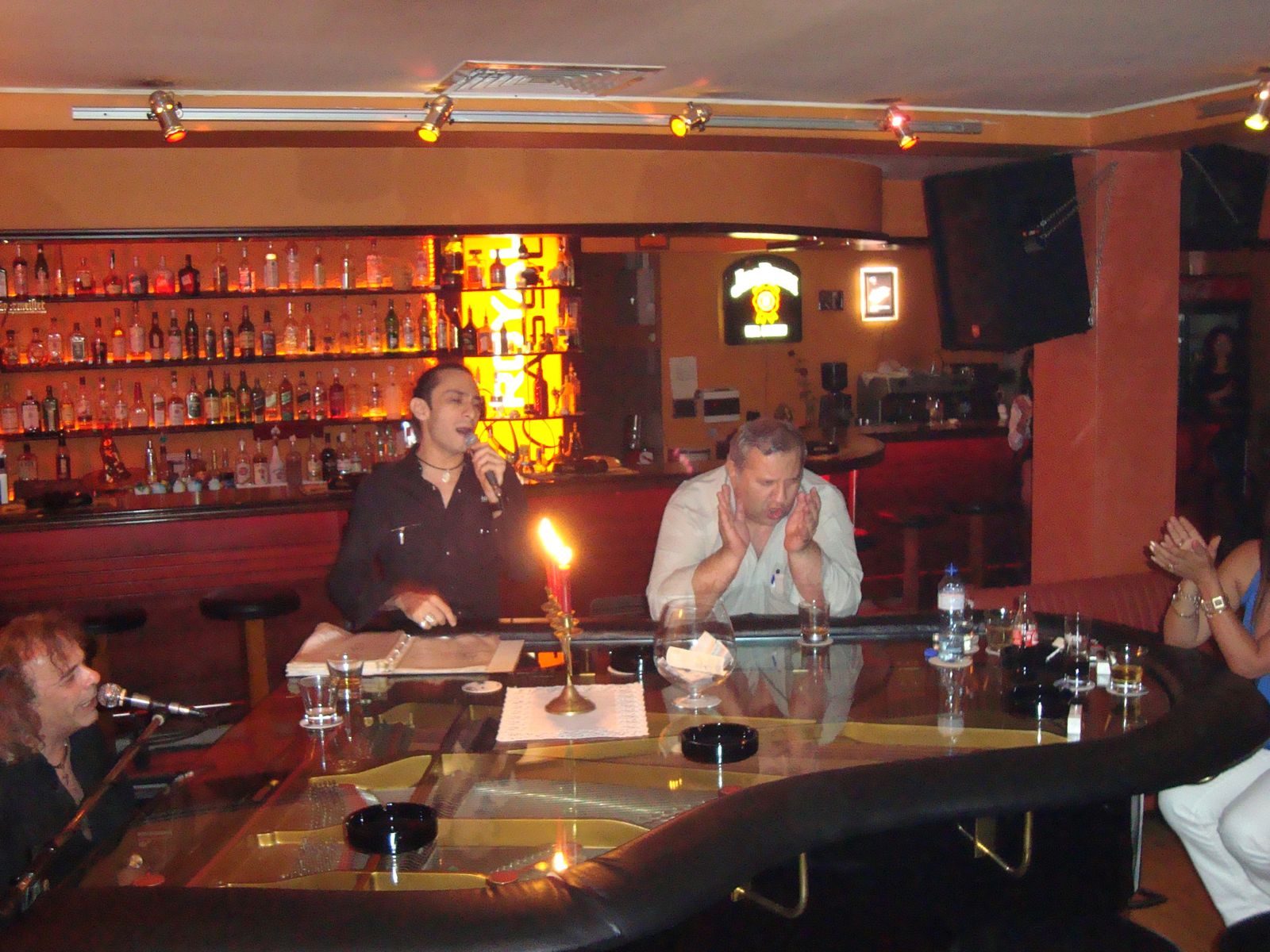
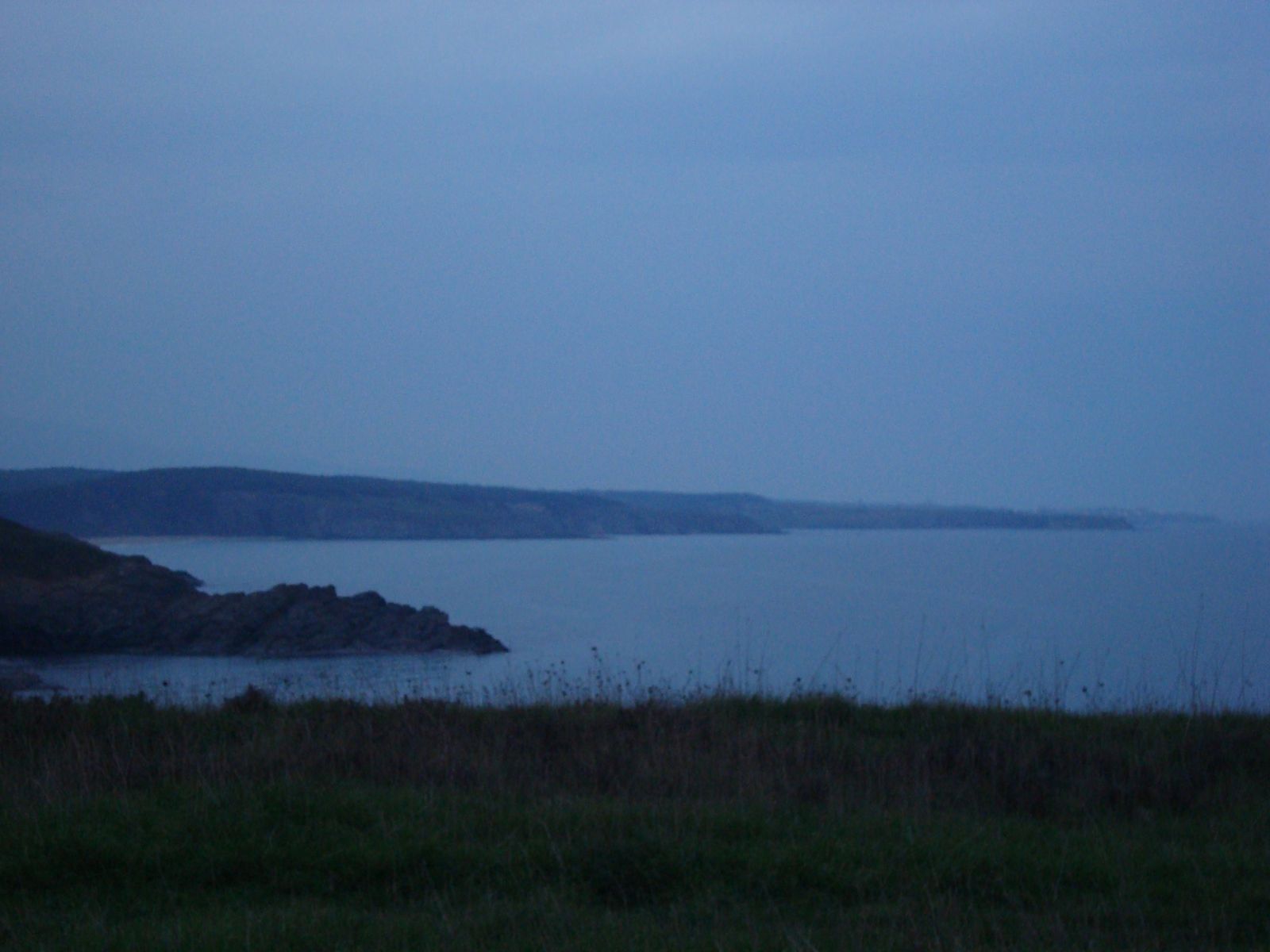
When leaving Cluj-Napoca, our next destination was the Moldova region in Rumania. The exact number of kilometers we drove, I am not sure about anymore, but we left Cluj-Napoca on a Tuesday and arrived the Friday (18/09/09) morning in the village we wanted to be. The drive was nice, as the countryside was different from Transylvania to Moldova. It seems that the Moldova region is the poorer region of Rumania and indeed the houses were more modest.

The reason why we were going to this particular village, was because back in Paris a Rumanian friend of a colleague of Olivier, who's name is Costica (a.k.a Costello) told us about this village and his muscians. Costica advised us to go in this village as there are a lot of musicians here and he gave us the name of this family he knew. He wrote in a few words in Rumanian language our intention, so we can show to the people in the village in order to avoid problems with our lack of the Rumanian language.
So that Friday we arrived in the village called Zece Prajini, which is a tiny little village in the Moldova region. We asked around and offcourse it didn't took us a lot of time to get to the house of family Pantiru. The first person we made acquiantance with, was the grandfather of the family. We showed the little note that Costica wrote for them and were immediately welcomed in. Olivio Pantiru who spoke a little french, showed us to the house of his parents and informed us that his father will be arriving in a few hours. 
Indeed after approximately two hours the family seemed very much complete. We met with Costica Pantiru (father), Didica Pantiru (son) and his wife (Lacramioara) and their two children (Bianca & Alex), another son called Mihai Pantiru, a daughter Gabriella Pantiru and the wife and mother Mariana Pantiru. We started explaining our project and also showed our little note that Costica from Paris left for them.
Costica Pantiru (a.k.a. Tuta) explained to us that they have a fanfare with 10 musicians and that they play gipsy music. Their recordings are live and without the use of any remixing afterwards. Costica is the head of the fanfare and makes the different arrangements. The name of their band is Fanfare Shukar.
Thanks to their way to making music, they had a lot of successes already. This fanfare had a very important contract with a theater group in France. It is a very known circus in France called Zingaro with the artist Bartabas as the leader. It is a circus with performance of horses and acrobates, nothing like the traditional circus we know. For the last 3,5 years, the fanfara Shukar played the music in the last performance of Zingaro. Together with this circus the fanfara had a chance to travel in different countries like France, Japan, Turkey, Hong Kong and many many others. So we had in front of us members of a fanfara with a great curriculum.
Tuta explained to us that it was impossible for us to record the fanfara as some members do not live in the village Zece Prajini so difficult to reunite everybody at a short notice. But it was possible to record an orchestra, meaning three muscians that will play some of their tunes. So indeed the following day we had performance of three musicians, keyboard, saxophone and trumpet. Didic and Olivio played alternatively on the keyboard. Mihai and Didic also played alternatively on the saxophone. And Craciun Trifan played the trumpet.
I lent Didic my saxophones for him to play on it..........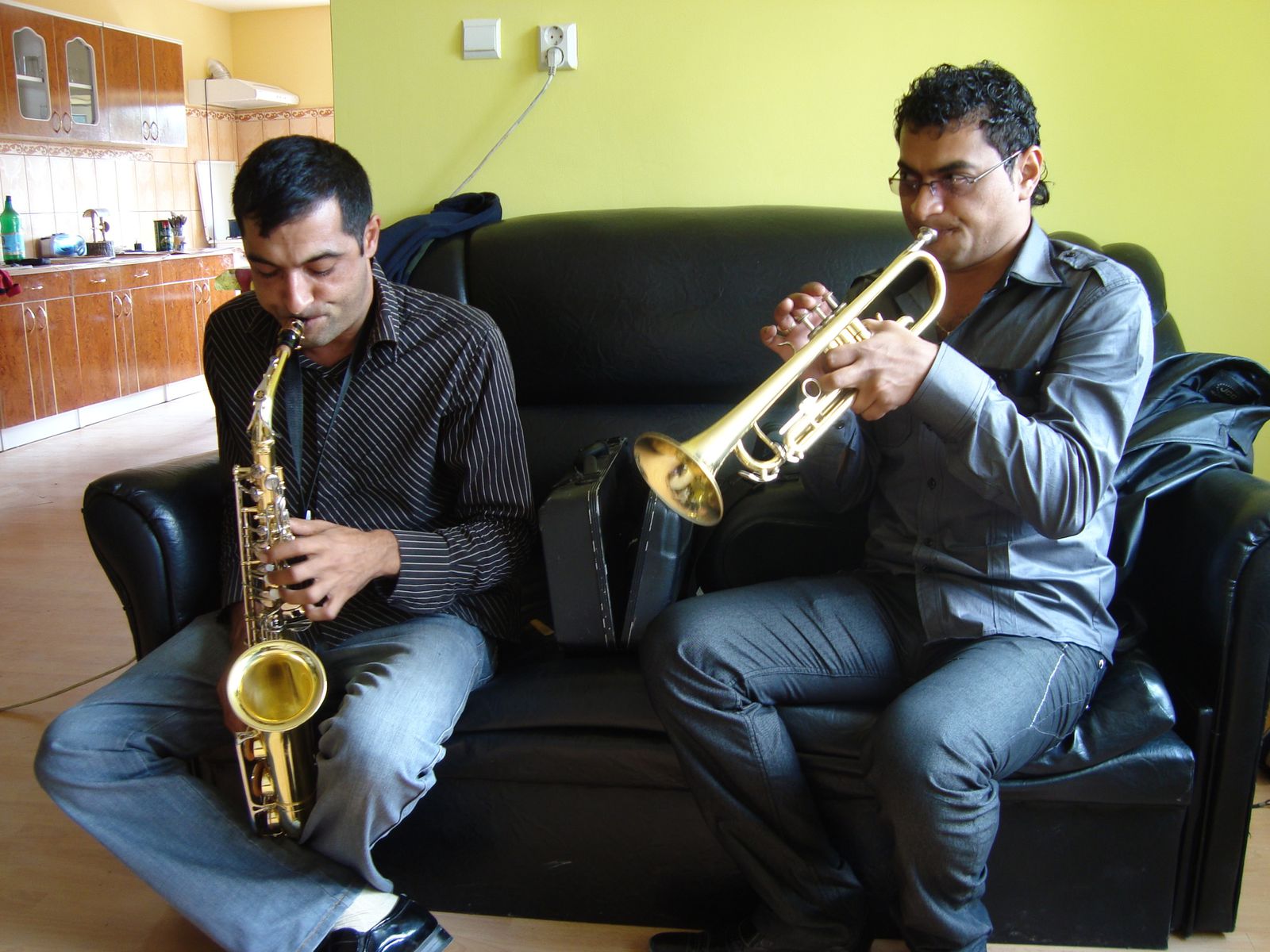
It was so amazing, he was playing so fast I could hardly keep up with my eyes. The extraordinary thing is that they all play and learned by listening to music. They have their hearing skills so much developped and learned to play like that. They start playing at a very young age. In the previous article of Olivier you can enjoy some tunes they played for us.
I also want to take the opportunity to really promote this fanfara Shukar. They have a myspace where people can hear their music, which is the following:
They have their last CD which is called Fanfara-Shukar volume 8, 2009. If you want to obtain their CD or contact them, the best way is to send an email to Didica Pantiru on his email adress: pantiru_didica.yahoo.com
To all the Rumanians we spoke about them since me left Zece Prajini, they all knew this village and that there are muscians living there.
That evening Didica was playing with two other muscians at a wedding party in a close by town called Roman. He suggested us to come over and record them. So we did!!! The bride and groom agreed with our presence. We assisted at a very festive wedding party. Young and old were dancing all night long. There was live music from our gypsy friends and also CDs. We had a good oppportunity to record more nice music. This time, the trio changed a bit, but the instruments stayed the same: Didica playing the saxophone, Craciun playing the trumpet and Constantin Lazar playing the keyboard and singing at the same time.
During our stay in Zece Prajini, we were welcomed very warmly. We could stay the night in the newly build house, we were spoiled with wonderfull cooked dishes by Marianna Pantiru. The hospitality of this family is remarcable.
We learned also that the Pantiru family are gypsies from the ethnical background Ursari. Within the gypsie community we find many different ethnic background. The Ursari are very much known and appreciated for their music.
Words are not enough to thank this family for their hospitality, their kindness and the facility with which they openen up to us and provide us this opportunity to share a piece of their culture with them.
The next town we were planning to visit after leaving Roman the next day was Vaslui. Our Rumanian friend of Paris gave us a name of a tumpet player that is living there. Ones in the town, we tried a few cafe's and offcourse it didn't take us a lot of time to be in contact with musicians. We didn't find our trumpet player as he was playing cards in another town. But we did bump into a the Rapsodia Vasluiului, a ten musicians orchestra playing in a parc for free. Their repertoire was Folcloric music from the region of Vaslui. The manager of the orchestra agreed for us to record their performance. 
Our visit of Vaslui was short as we succeeded in doing everything in one afternoon. So the same day off we went in direction of Bucarest.
After driving for 250 km we arrived in Bucarest on the Monday. Driving in Rumania is a sport. The roads are not so good as there are a lot of holes. Pietons walk along the road but more on the road then next to it. Then there are the chariols with the horses that are not lighten up at night. So when it become dark, it is a big concentration execise to drive around. But even during the day it is a sport!! So obviously it took us some time to get to Bucarest. On top of it other Rumanians didn't have such a good impression o fthe city. They were telling us that driving in the city is next to impossible, that its dirty and that there are a lot of thieves.
Offcourse ones you arrive and see for yourself you realise how people can exagerate. Driving in Bucarest is not different then driving in Paris. There are areas in the city where buildings are a little destroyed or not maintained properly. At the same time the city doesn't seem so stressfull as it becomes very quiet during the night, all the stressing trafic is gone and there are sever al parcs. 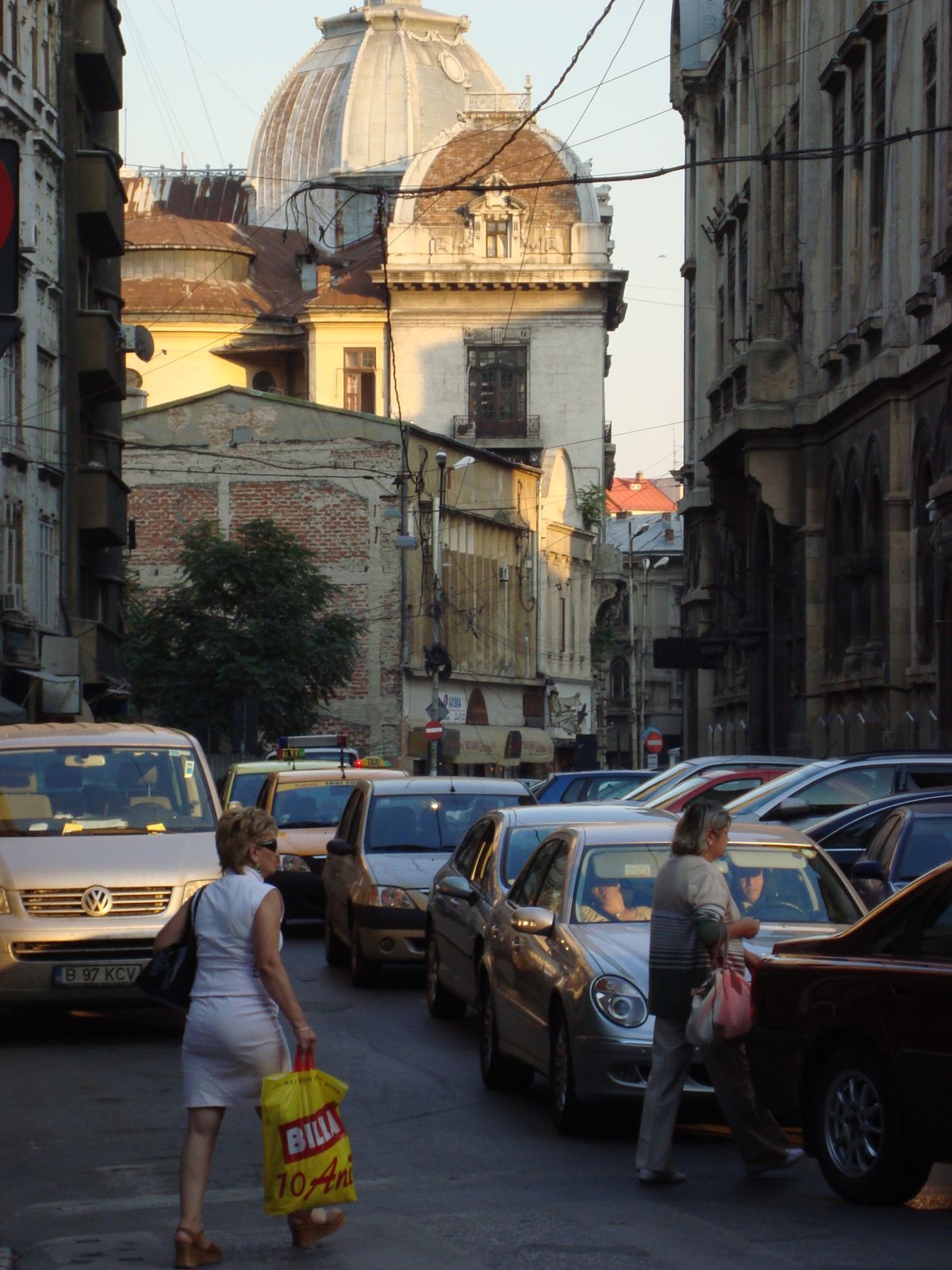
Next to the old buildings there is this huge parlament building, built during the communist era that is inlisted in the world guinness book of records. So things are not always so easy and clear as ones thinks
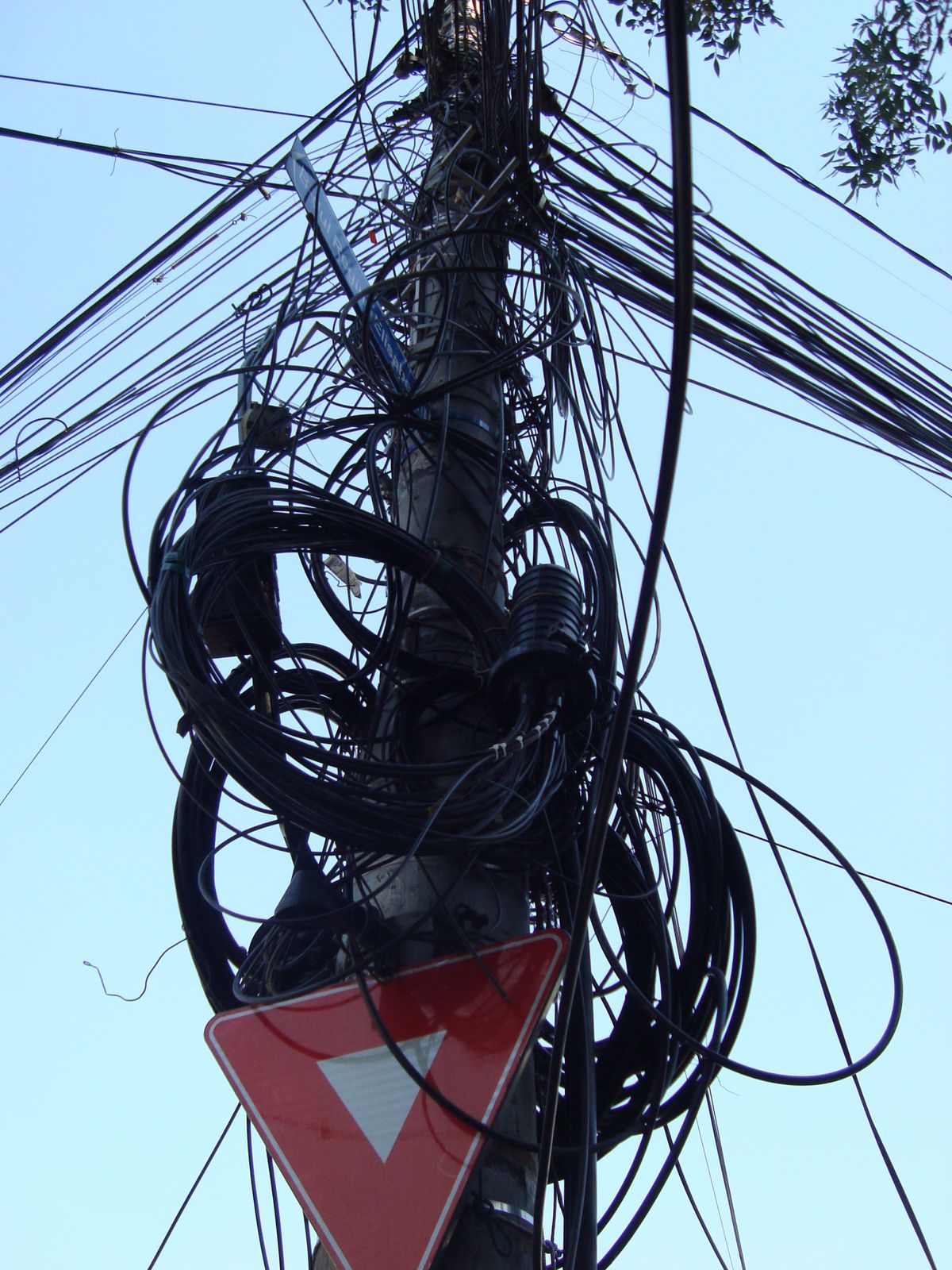
The first night we spend in a somewhat expensive hotel "Casa Victor". The second night in a very cheap one "Hostel Cazare" (not recommended !!) that impede us from a restless night. The other nights we stayed in our van next to a parc.
In Bucarest we met with a friend from a friend living for the last three years in the city. Jonas Mercier agreed for us to interview him about his life in Rumania and Bucarest in particular. Jonas is very delighted by the city and he gave us a 45 minutes interview and shared his view with us.
From a muscial perspective we had a nice encounter with Vlad Lica (a.k.a SJCongo). Ones in Bucarest, we didn't want to find folkloric or gypsie music, but look for more modern music in order to show the diversity in the country. SJCongo is a musician creating and making electric music. When we entered his appartment we couldn't beleive our eyes. It was a two bedroom apartment, in which the living room was transformed in a working space for SJCongo. A 10 square meter room was filled with keyboards, PC screens, samplers and I don't know what other devises and equiped that produce sound. SJCongo performed lively for us and we recorded his music for about 45 minutes. We still need to save a track in order to put it on the blog. During the recording SJCongo also provided us an interview in which he explains how he proceeds with his work. You can find more about his art on his myspace: www.myspace.com/sjcongo
During our stay in Bucarest, there was a music festival going on named after a great Rumanian composer George Enescu. We succeeded in getting tickets to go and listen to one concert. It was a concert of the trio called Paintings with Mr. Novikov at the piano, Mr.Unt at the contre bass and Mr. Melvin at the percussion. The piano was playing classical beethoven, Tchaikovsky music and the contre bass and percusionist were improvising on it. It seemed as a mixture of classical and jazz music. Unfortunately the acoustics in the room was not ideal for us to record. There was a strange machine sound that intervened during the concert.
We left Rumania with a very positive feeling about this country and especially its people. We extend a mulţumesc (thank you in Rumanian) to each one of them for their hospitality and there willingness to share their culture and music with us.
